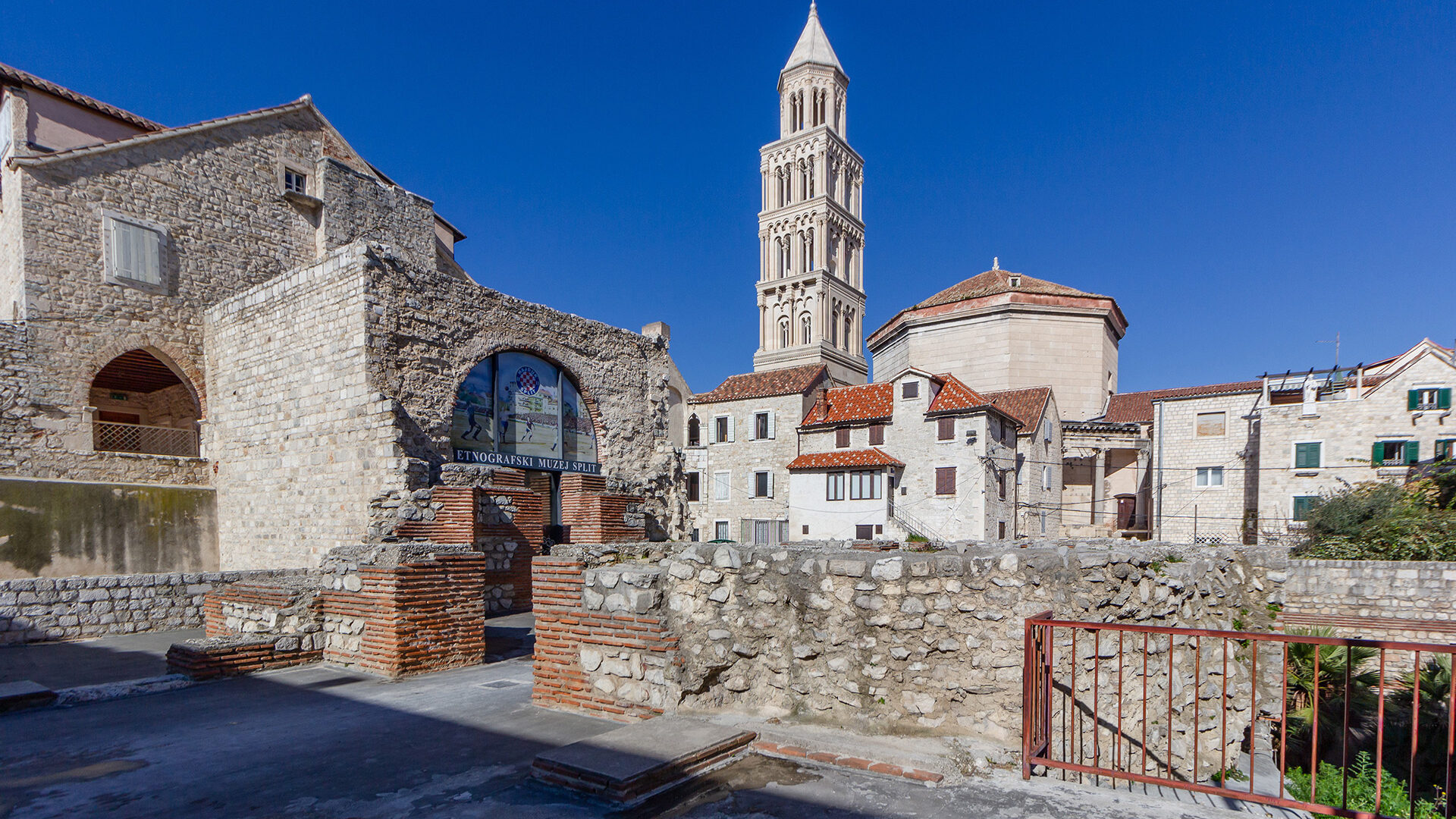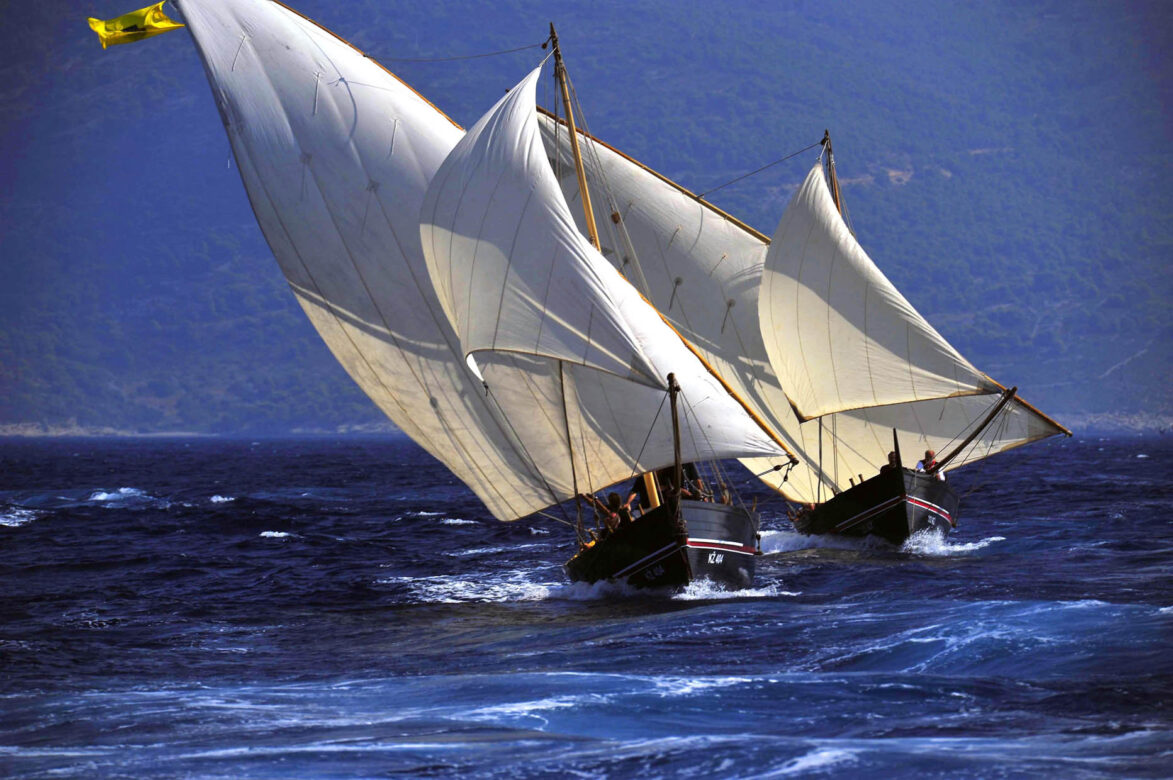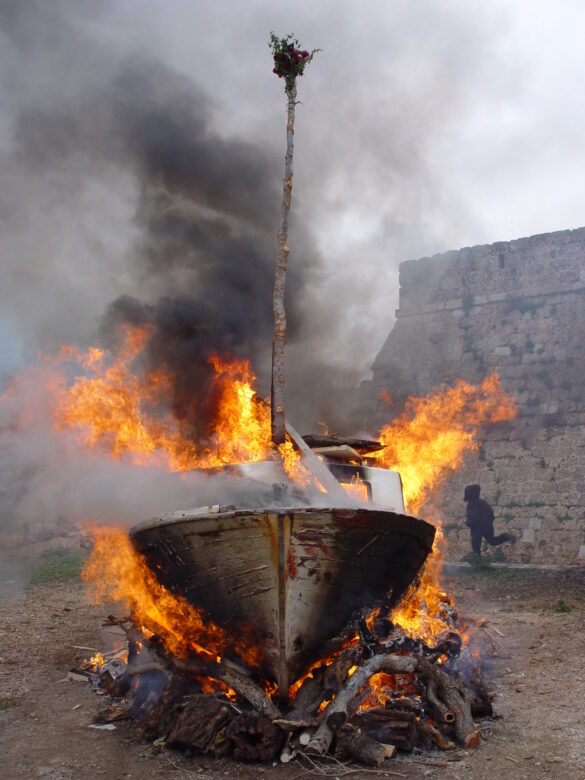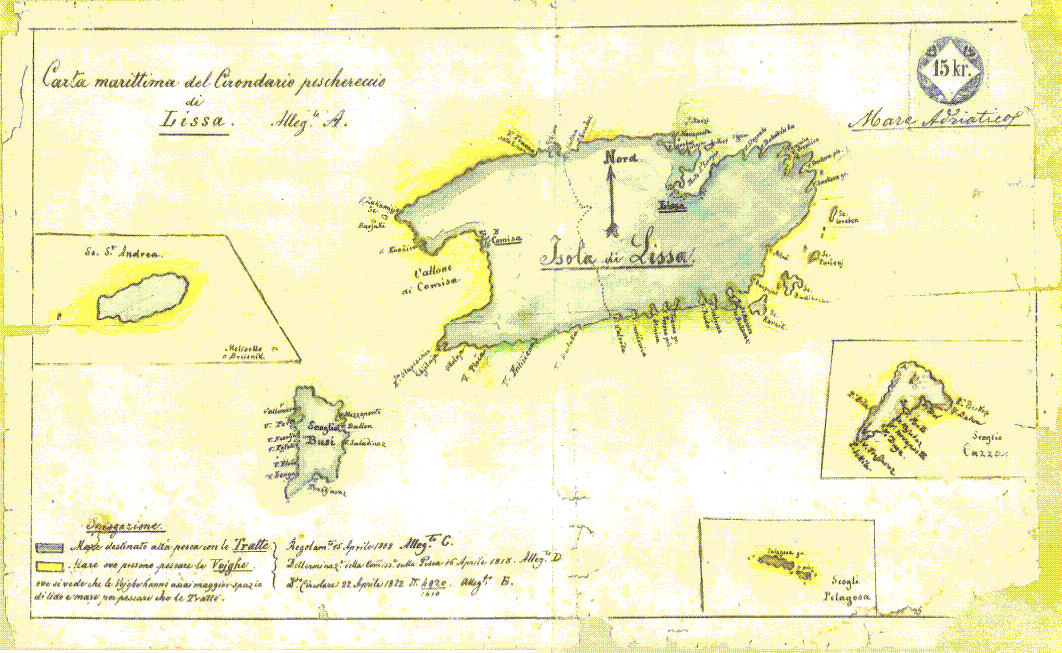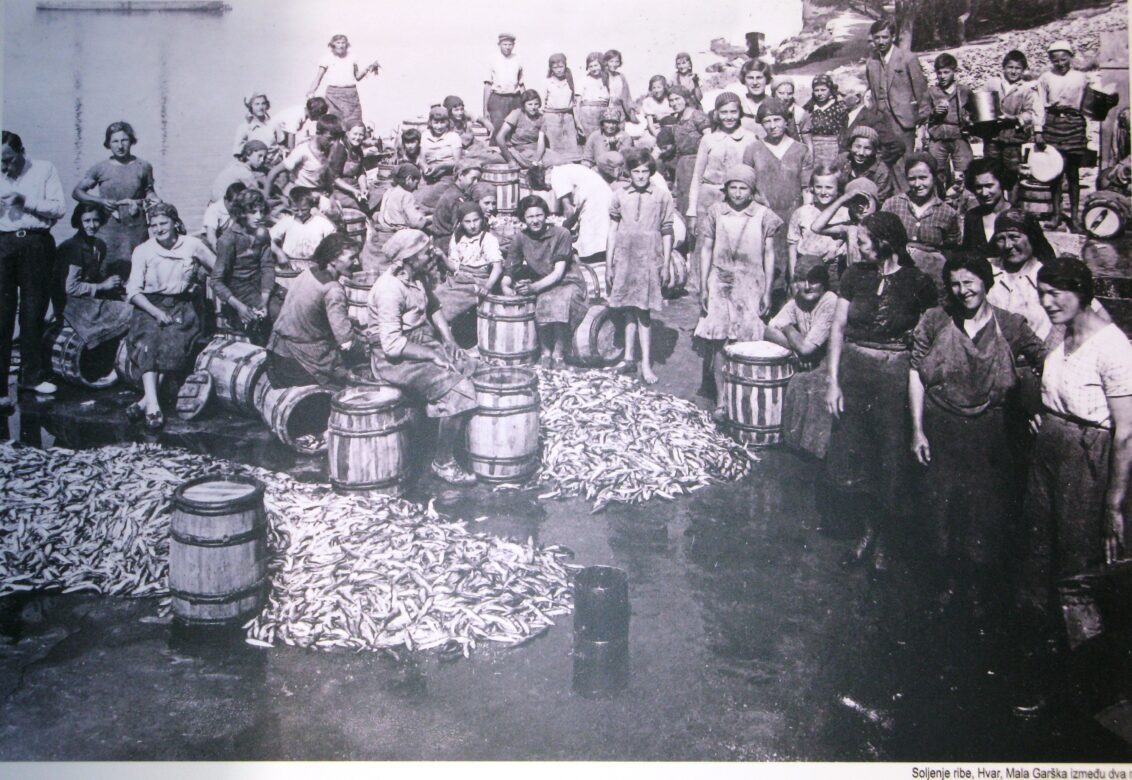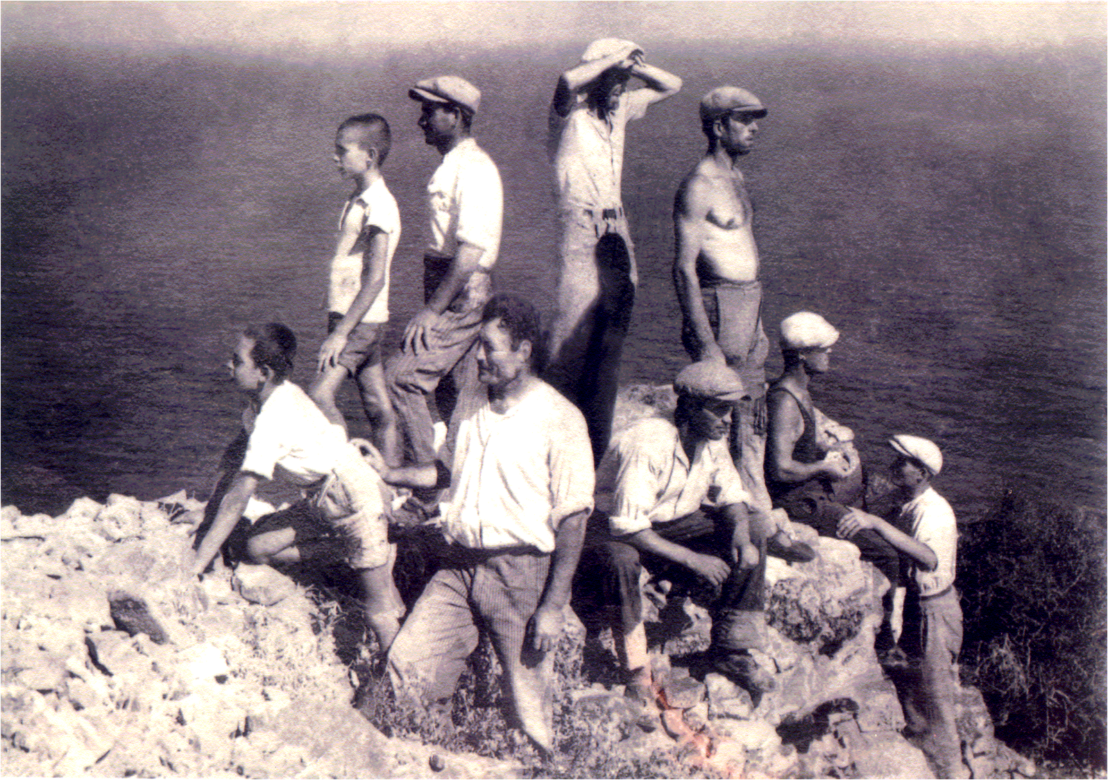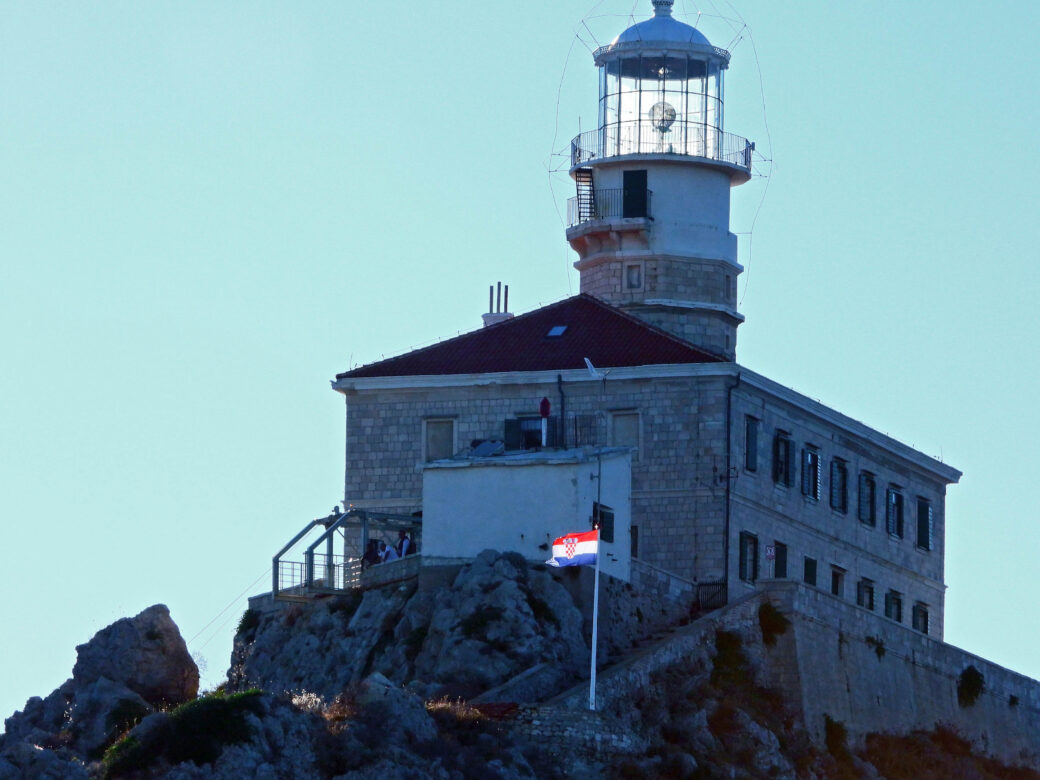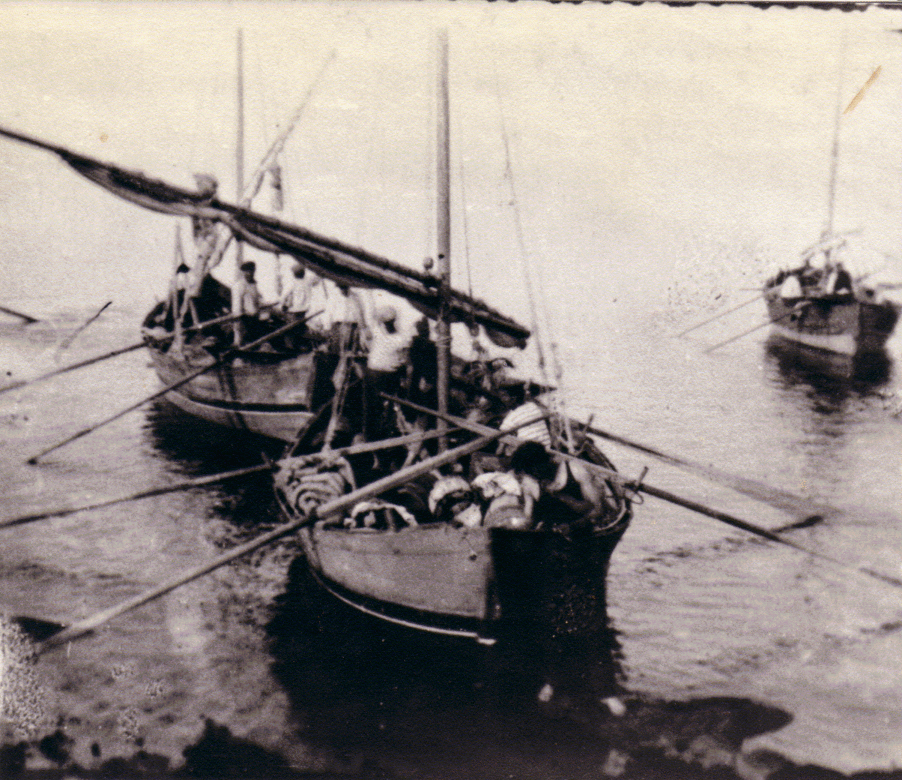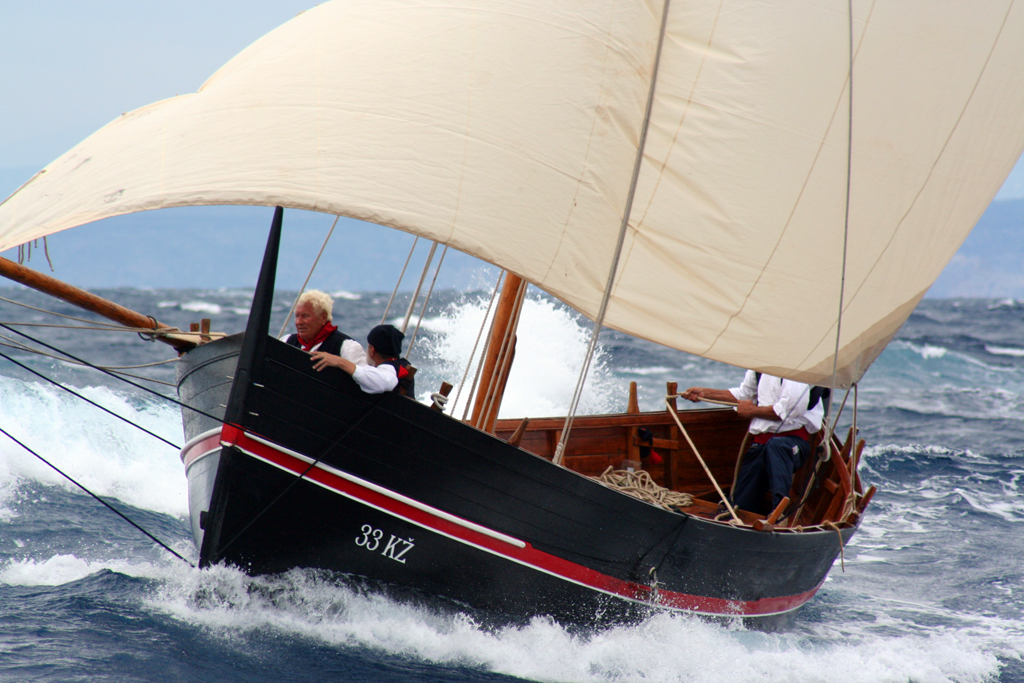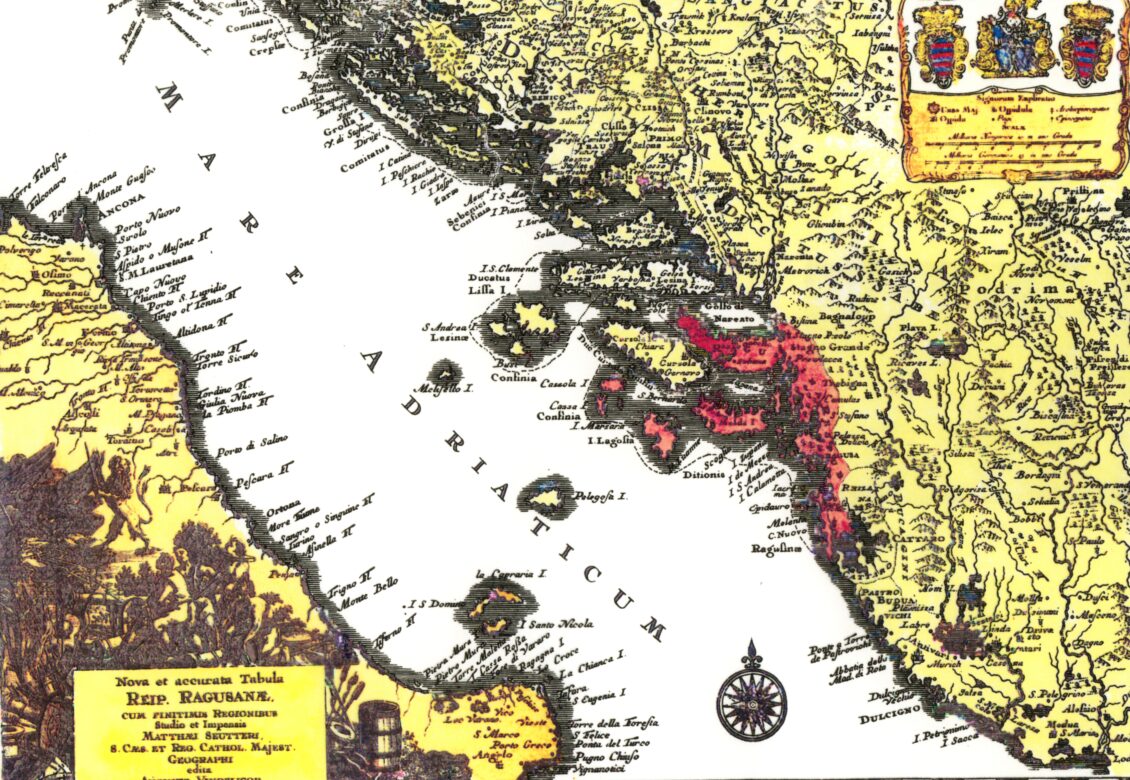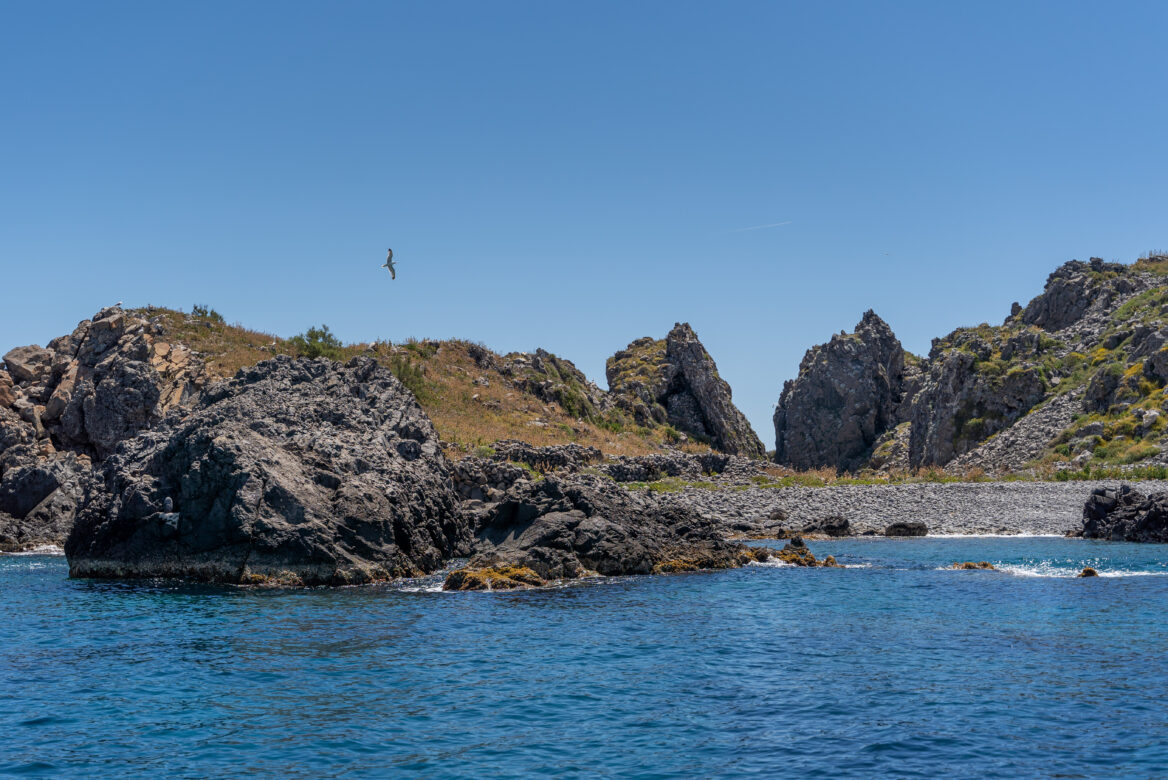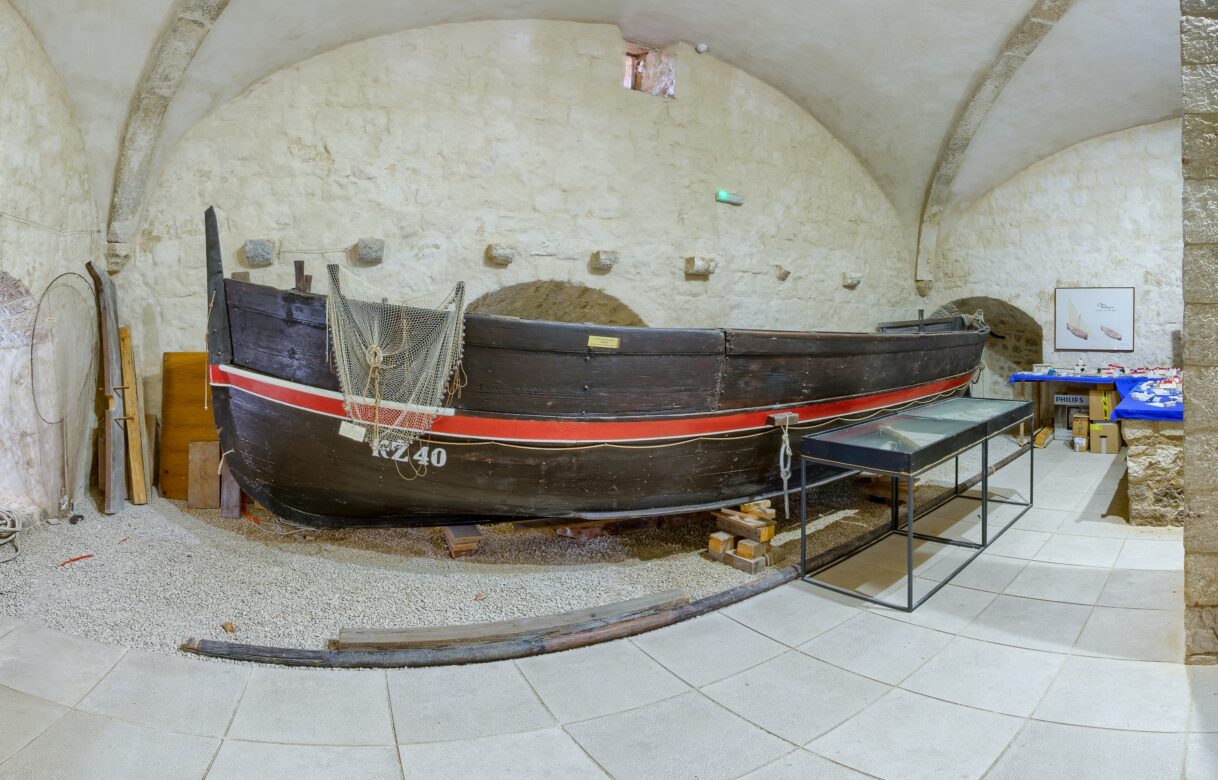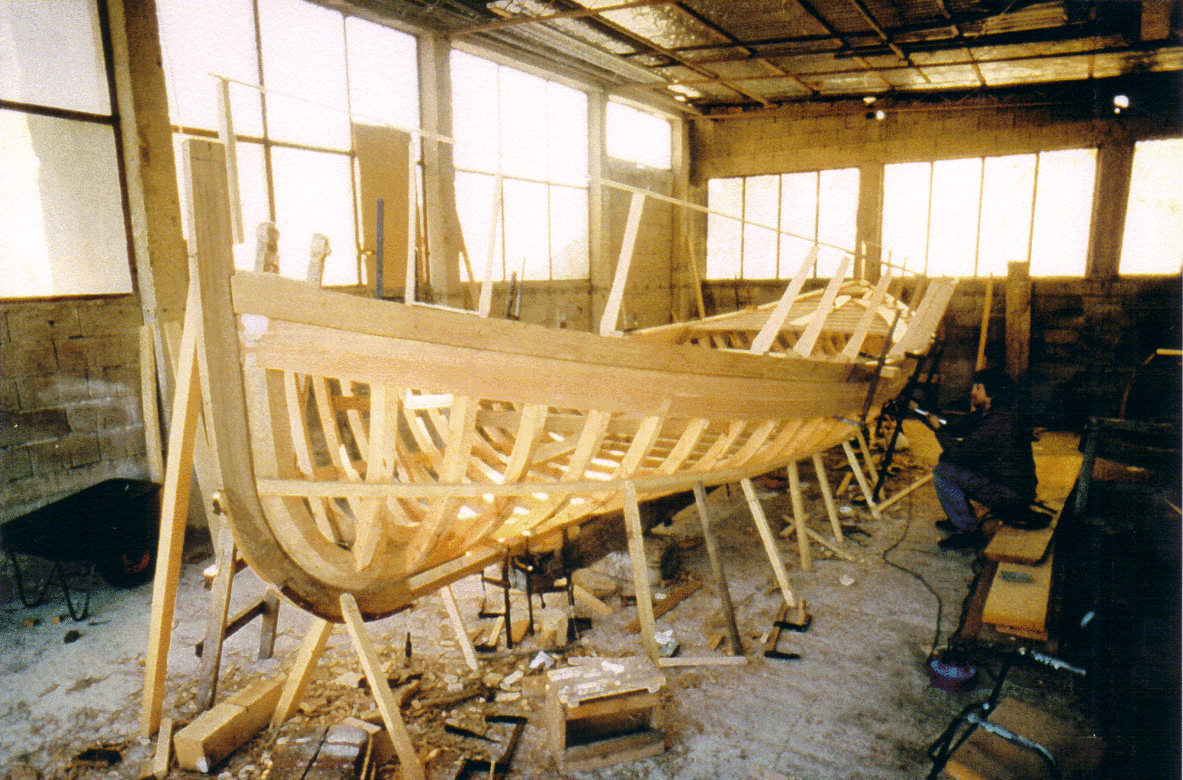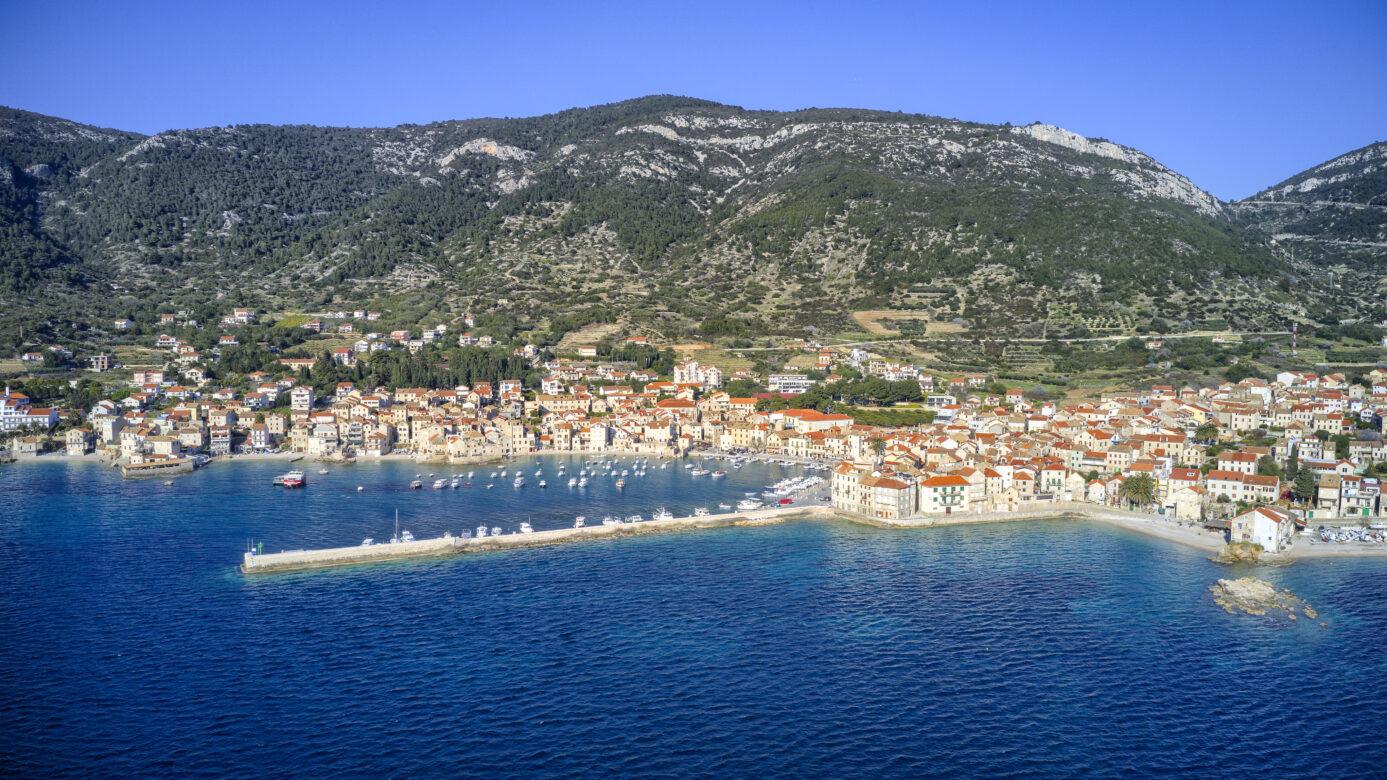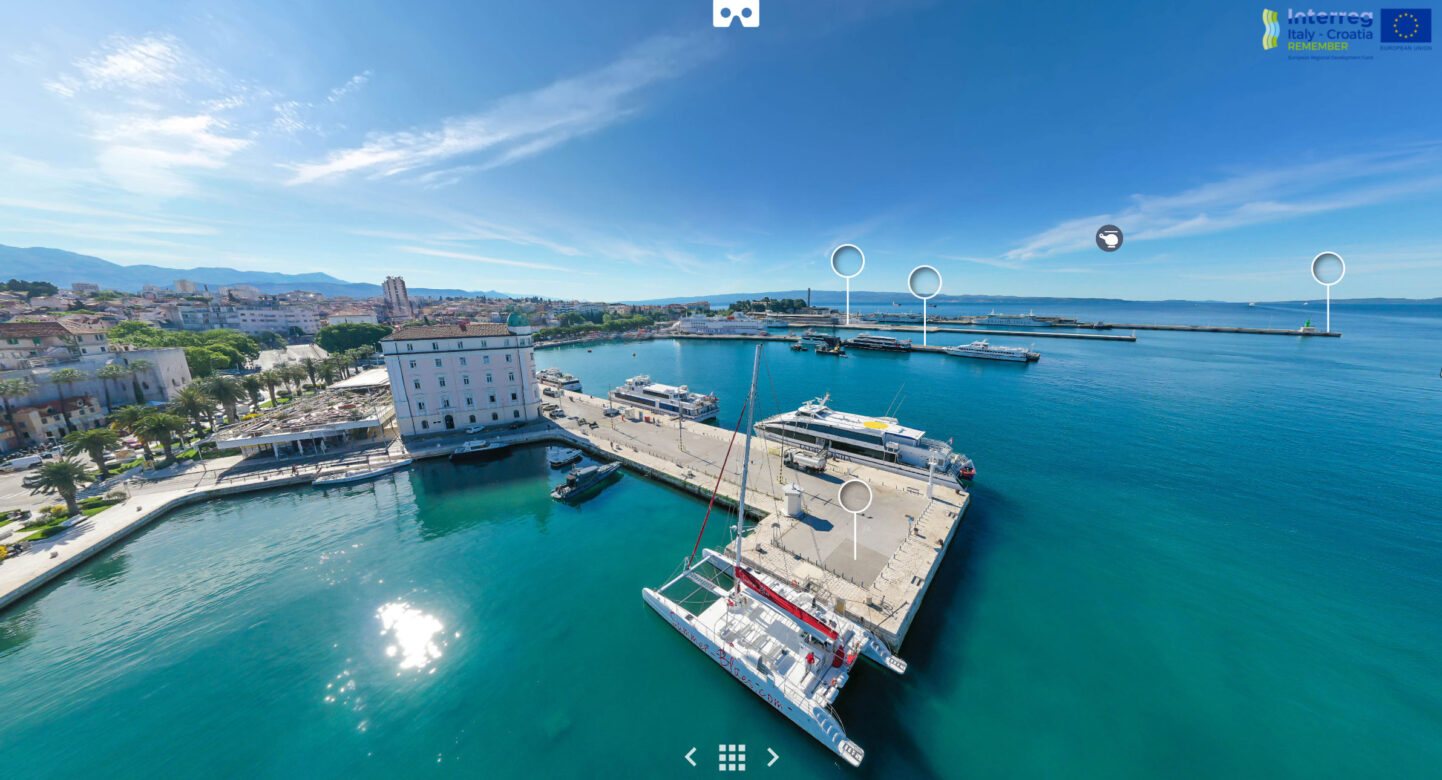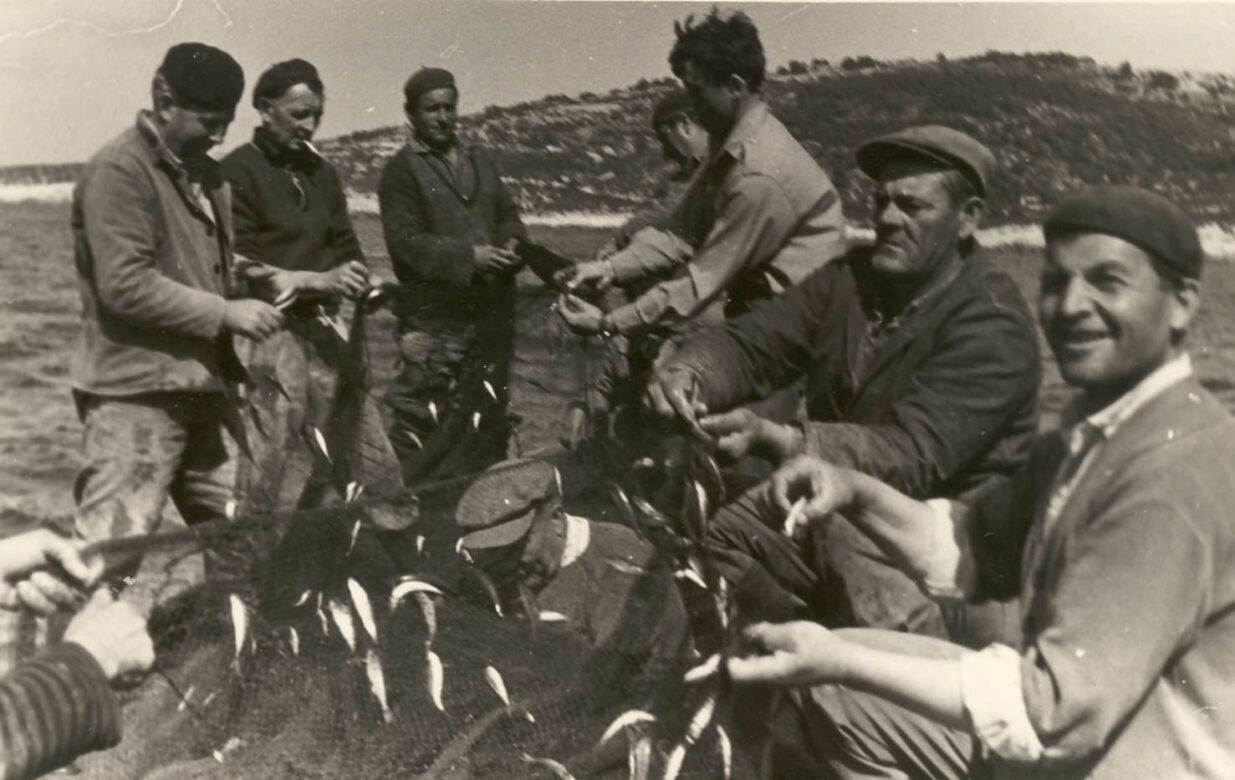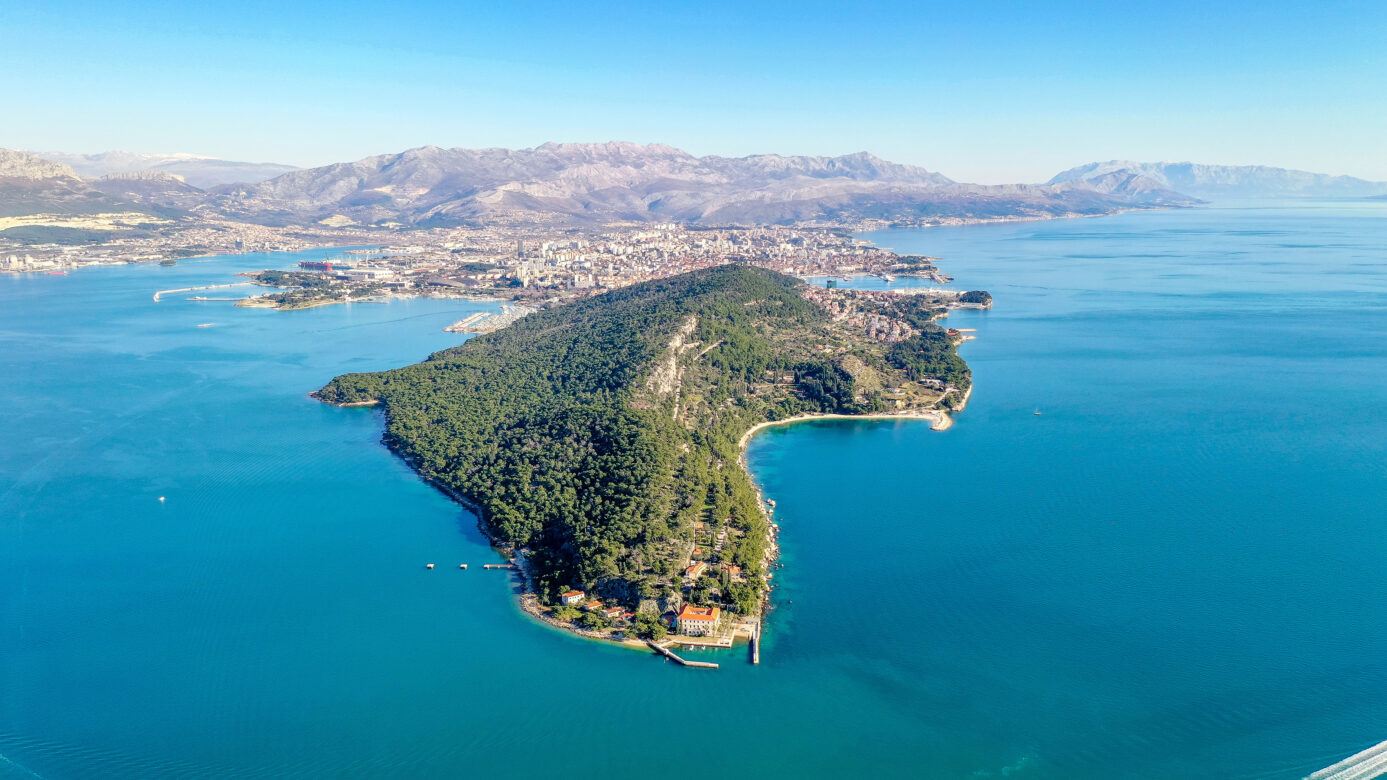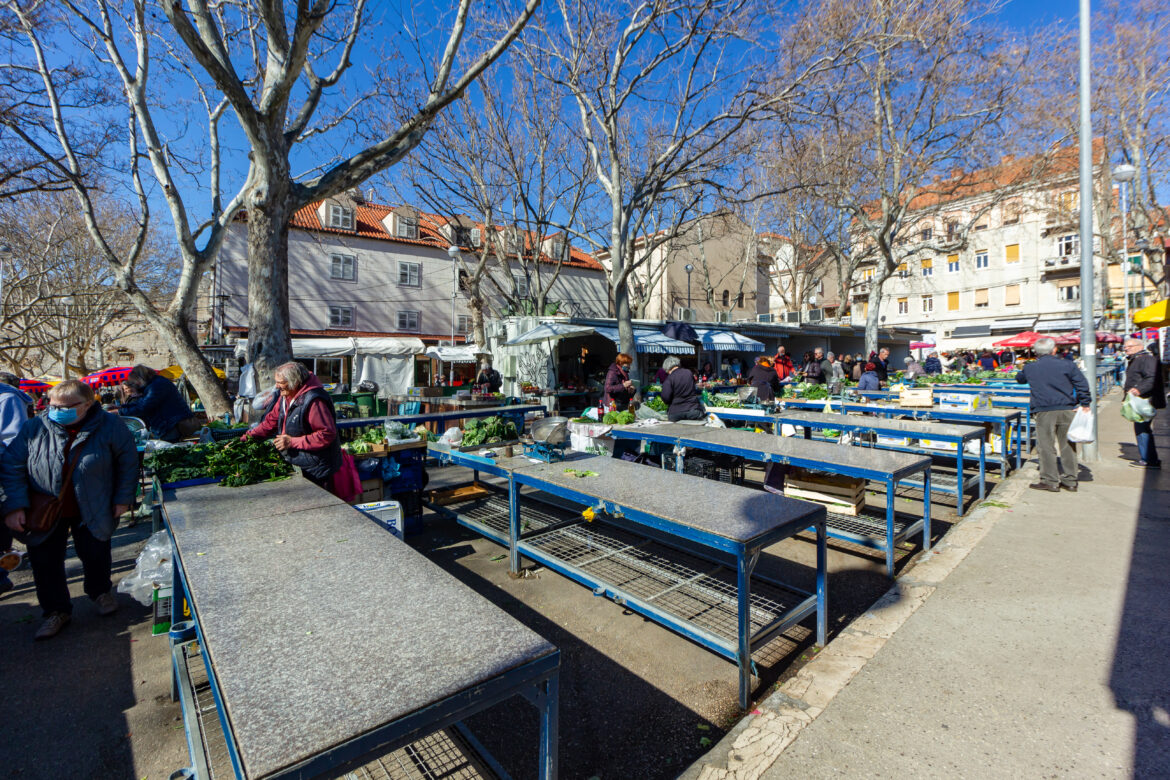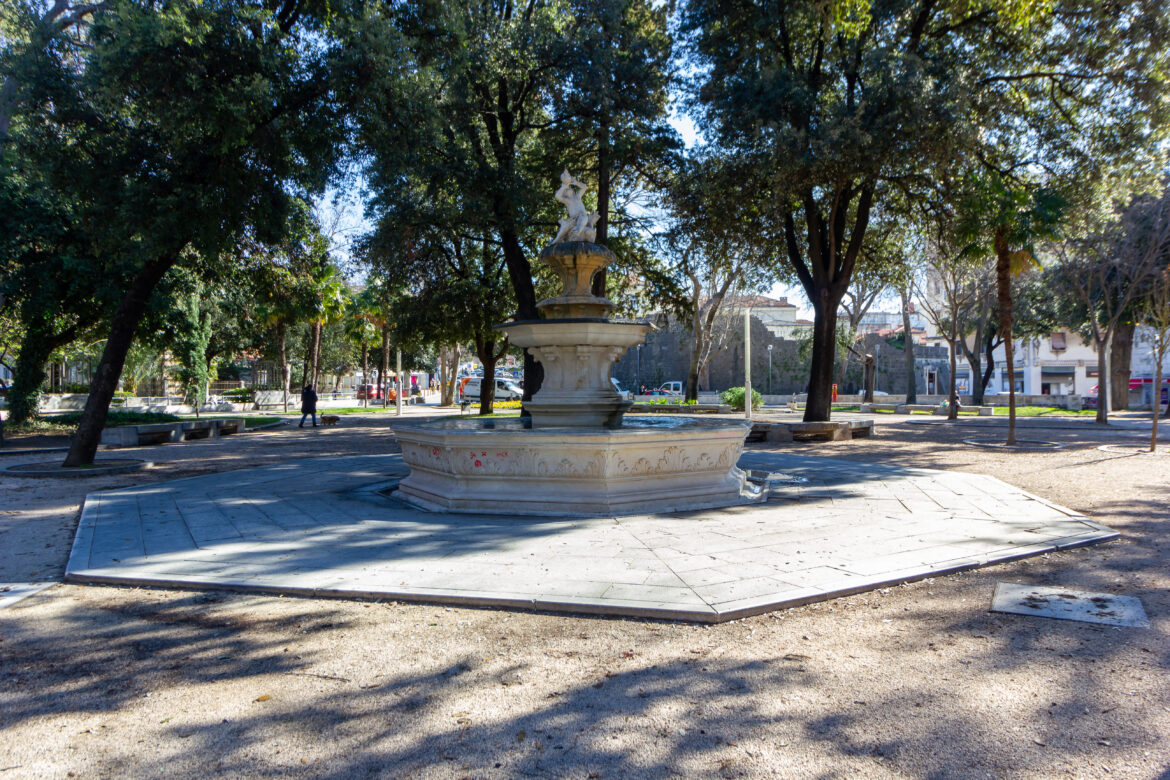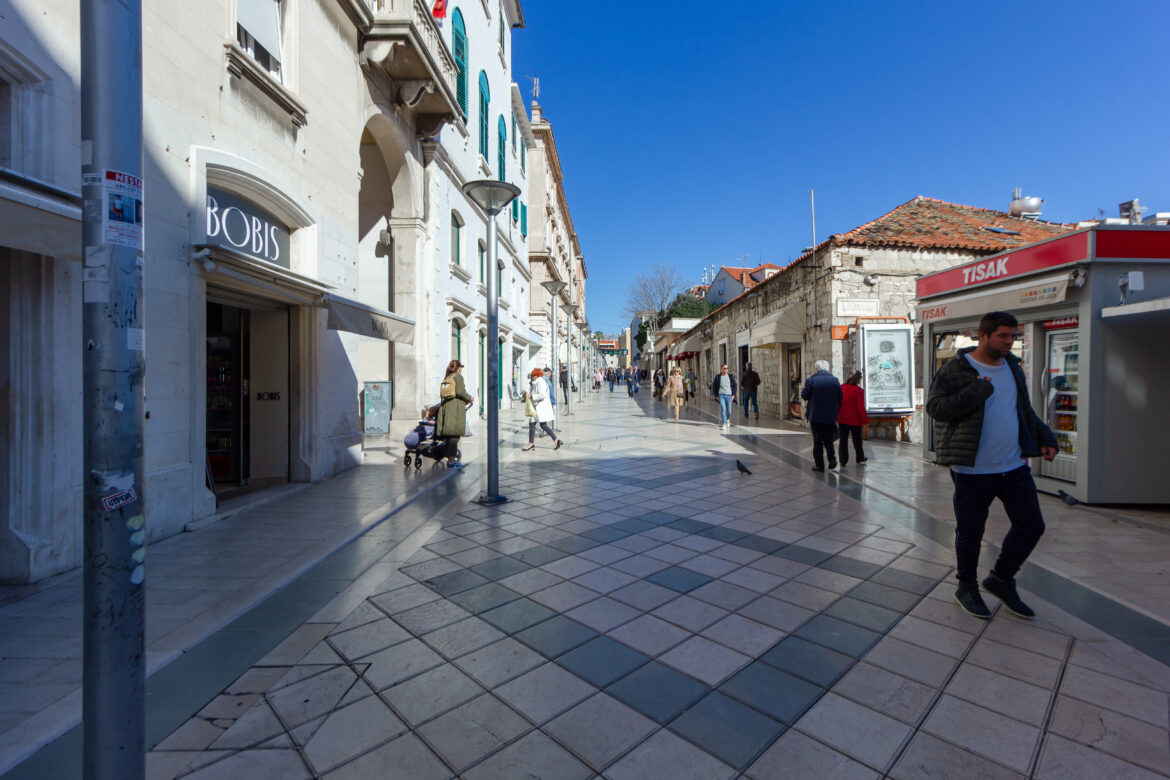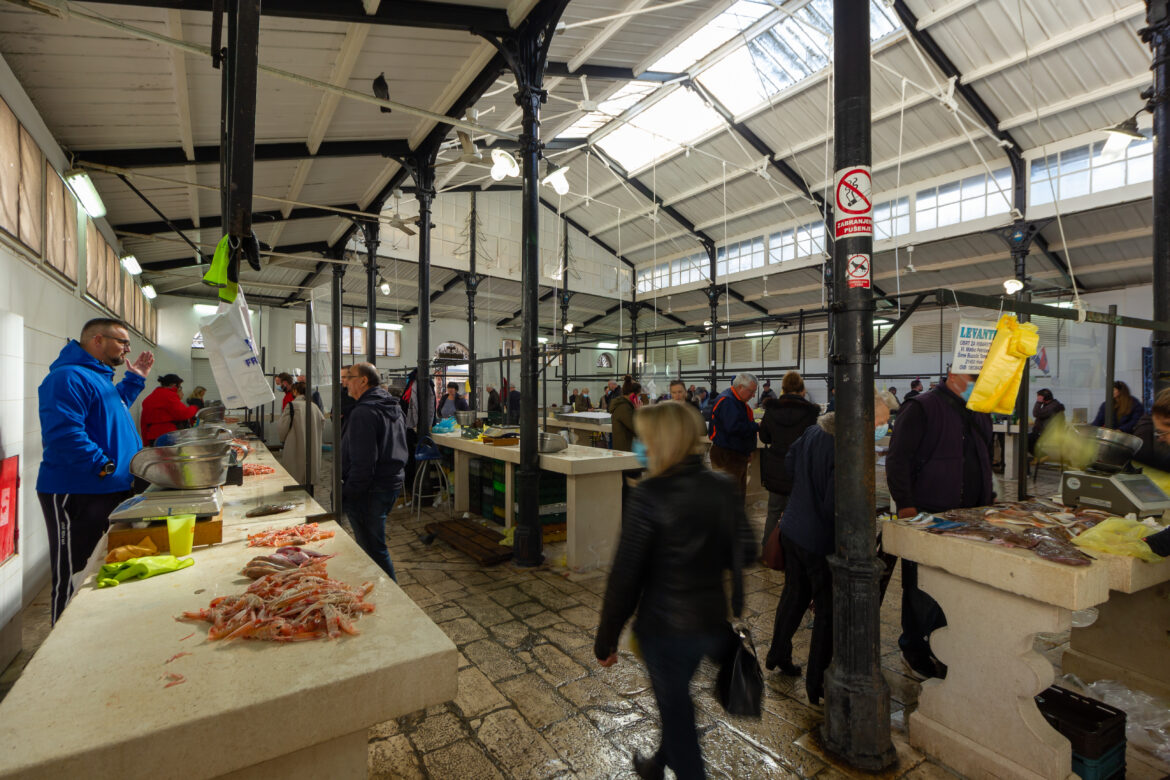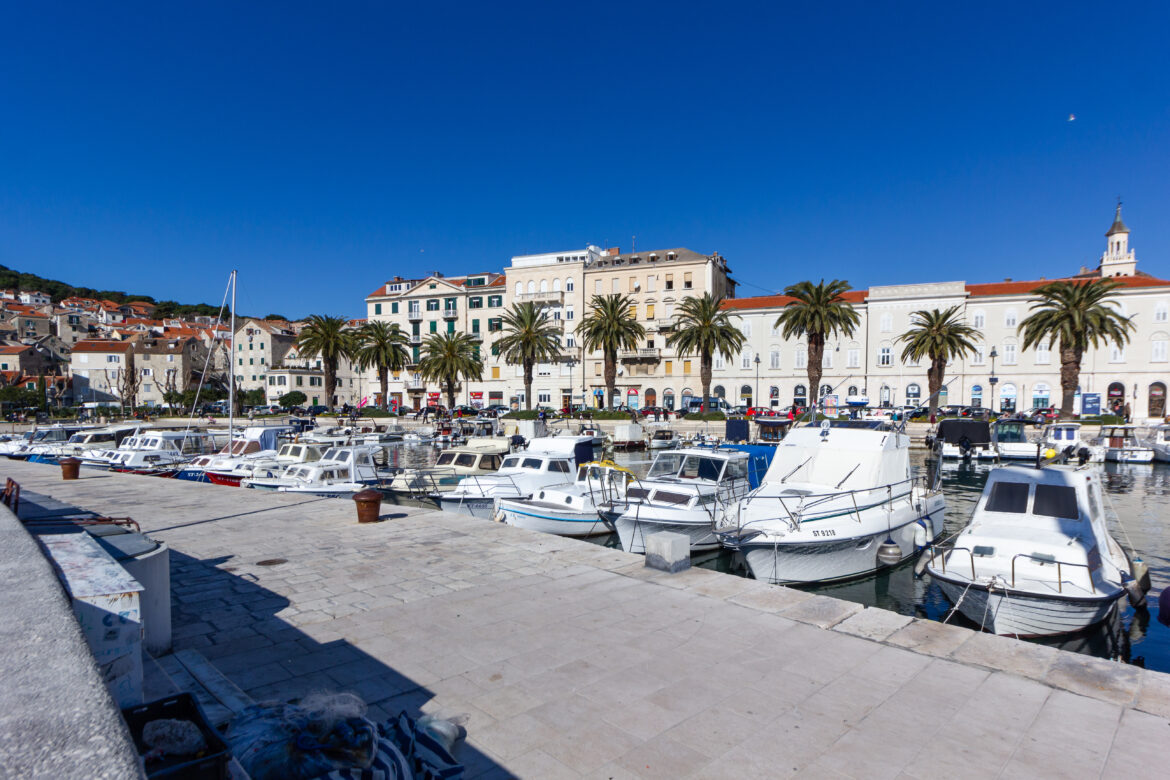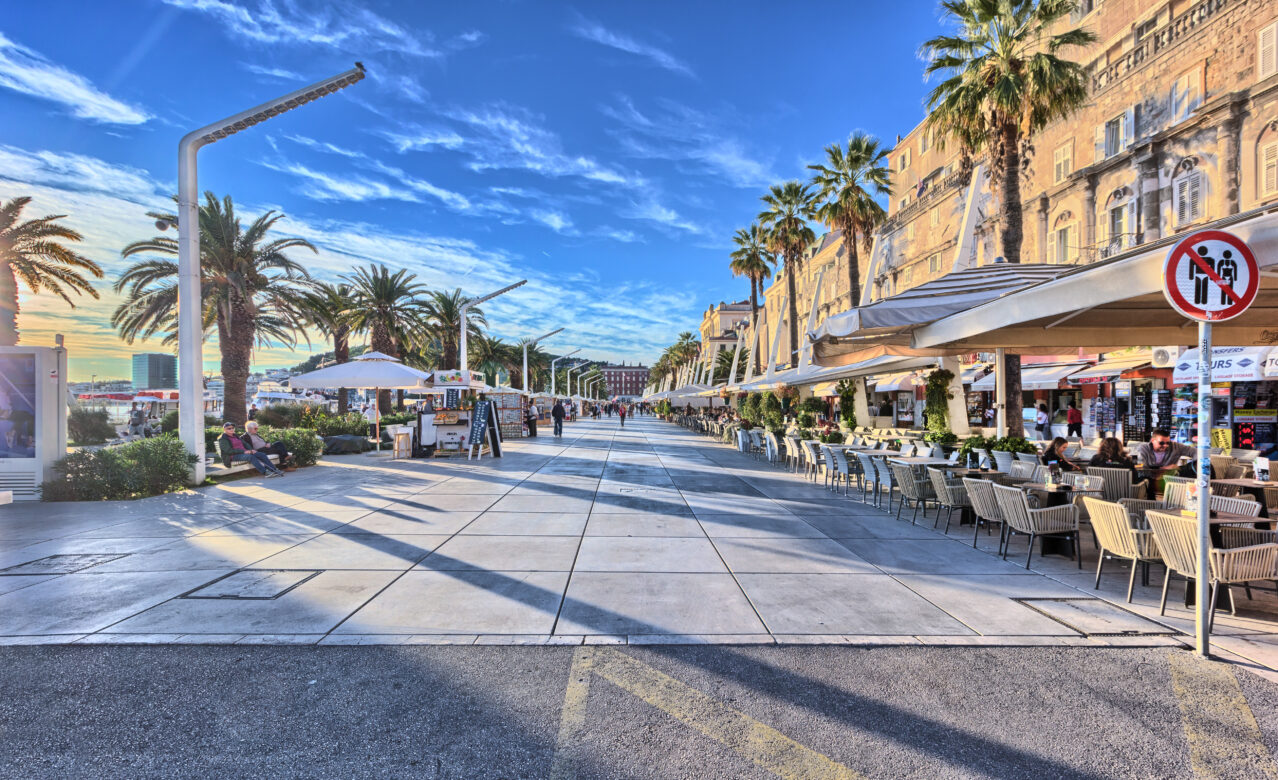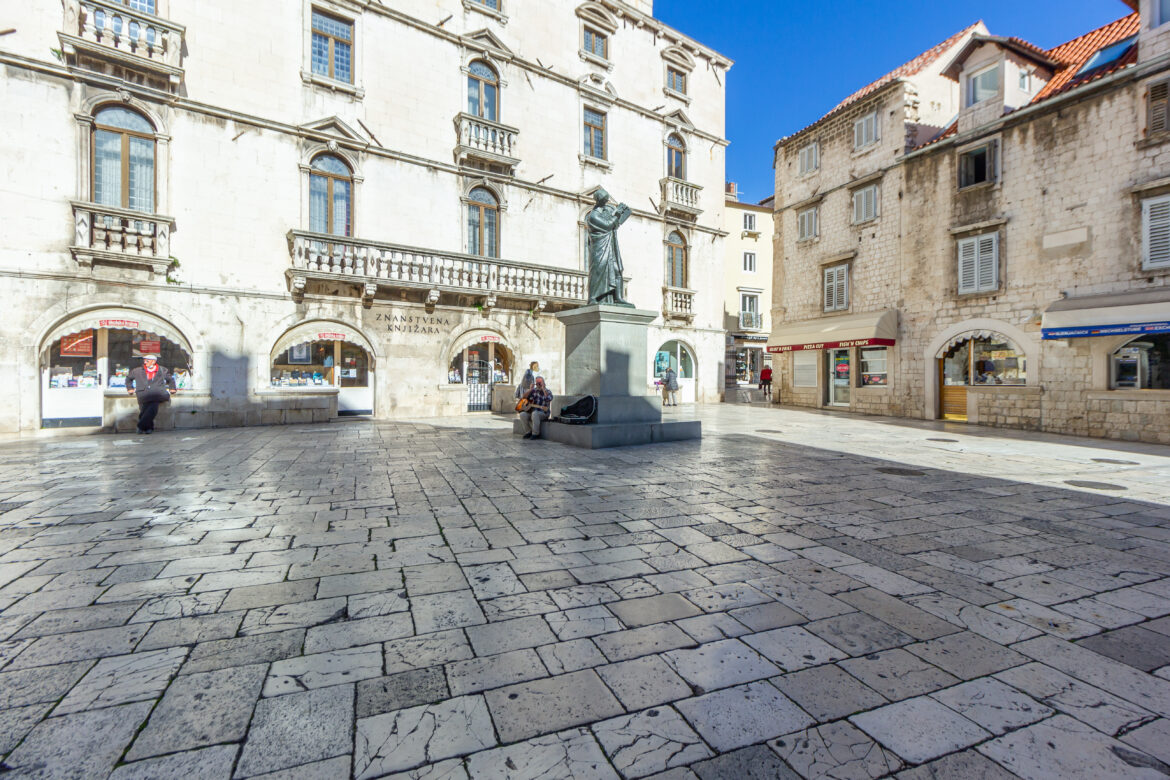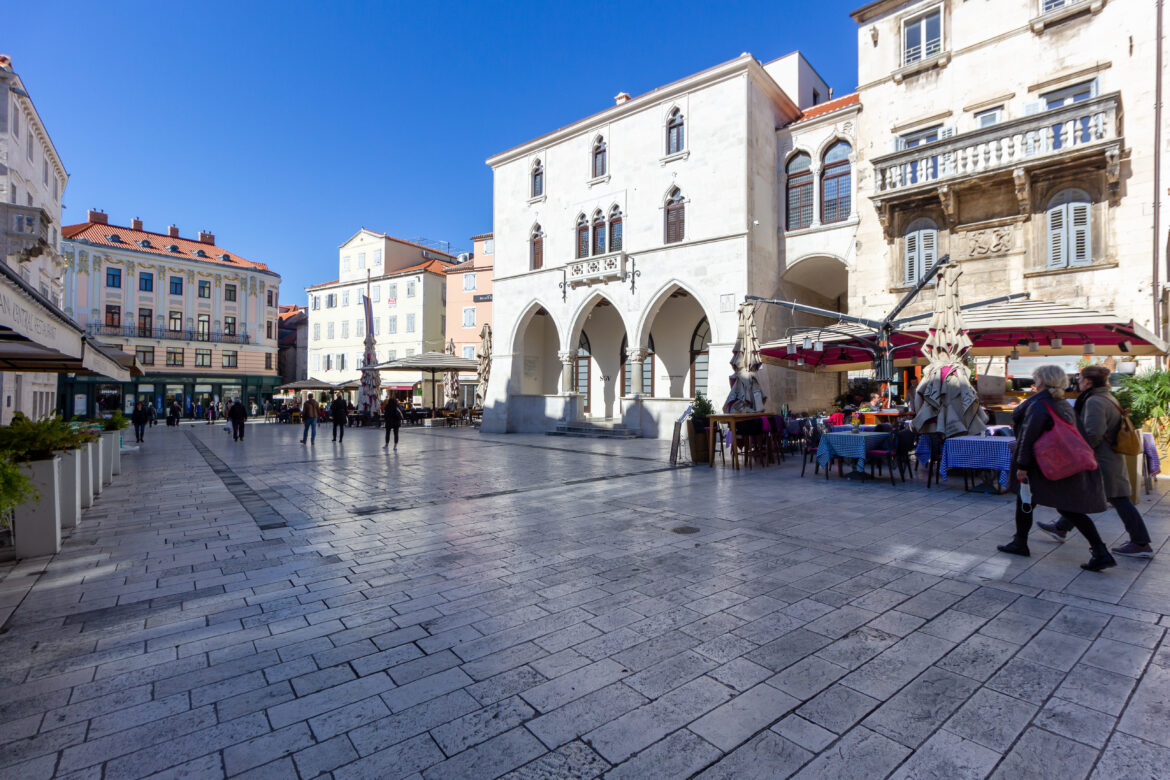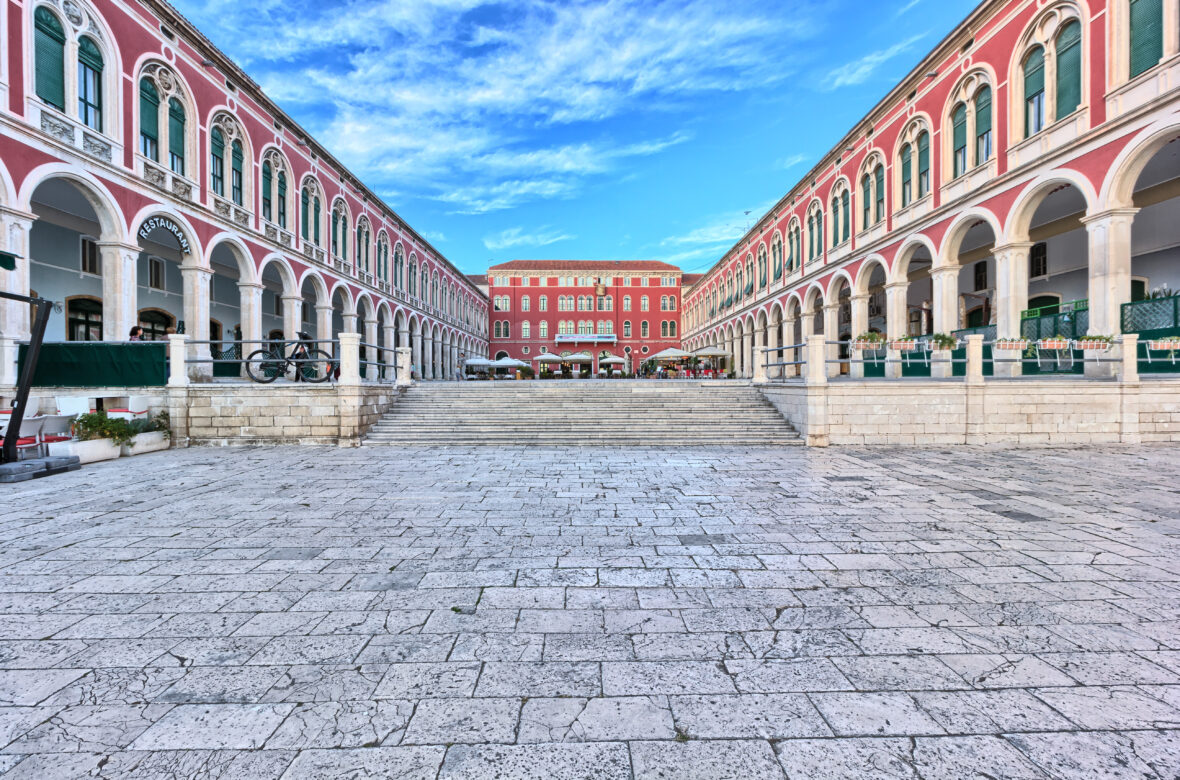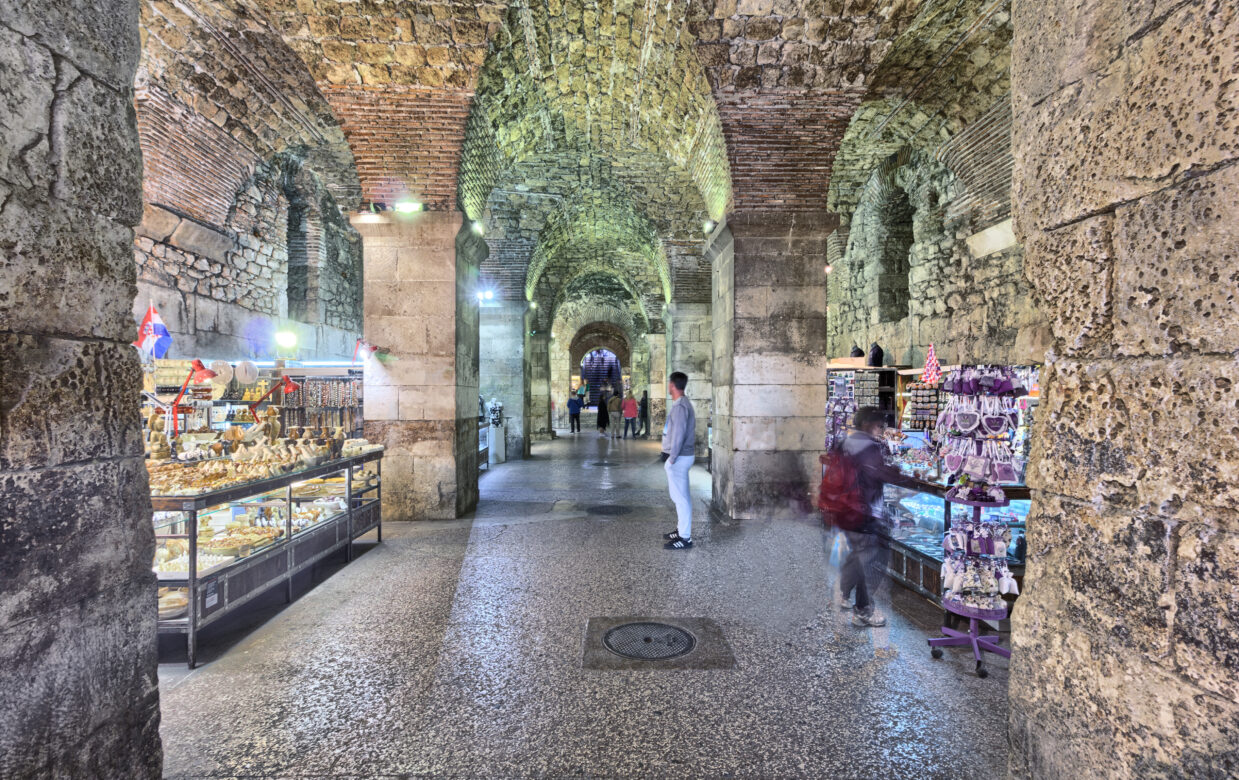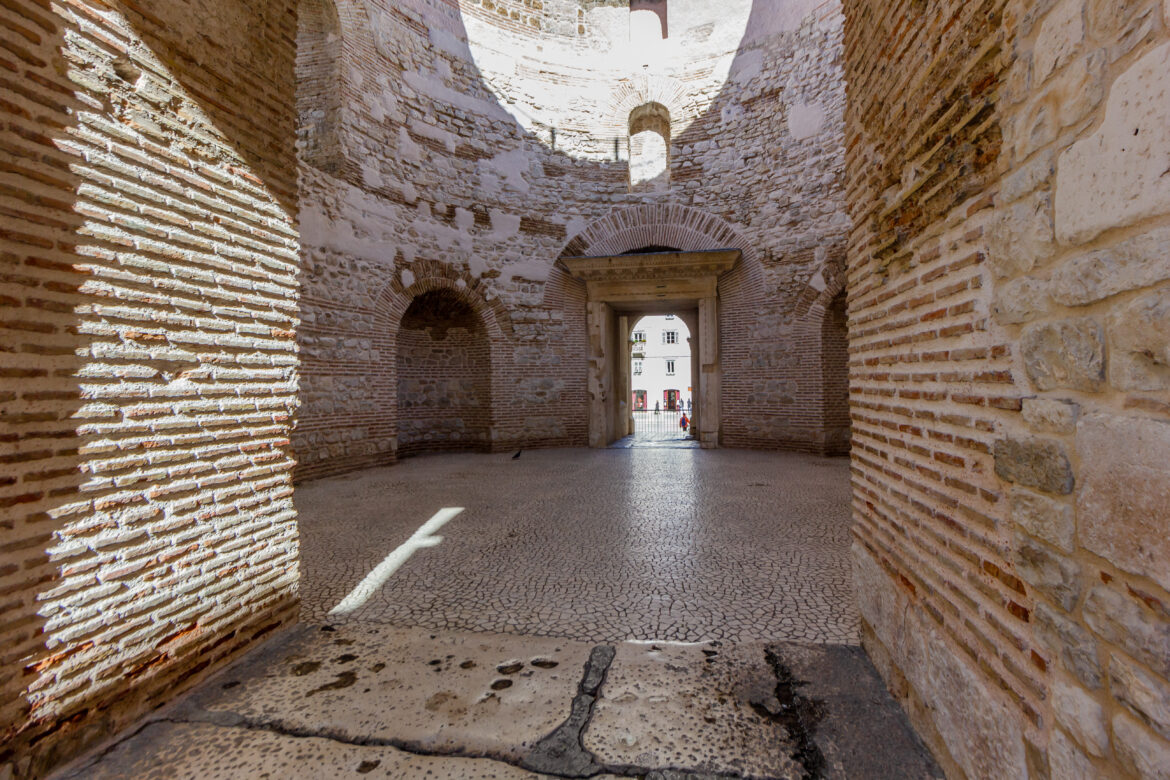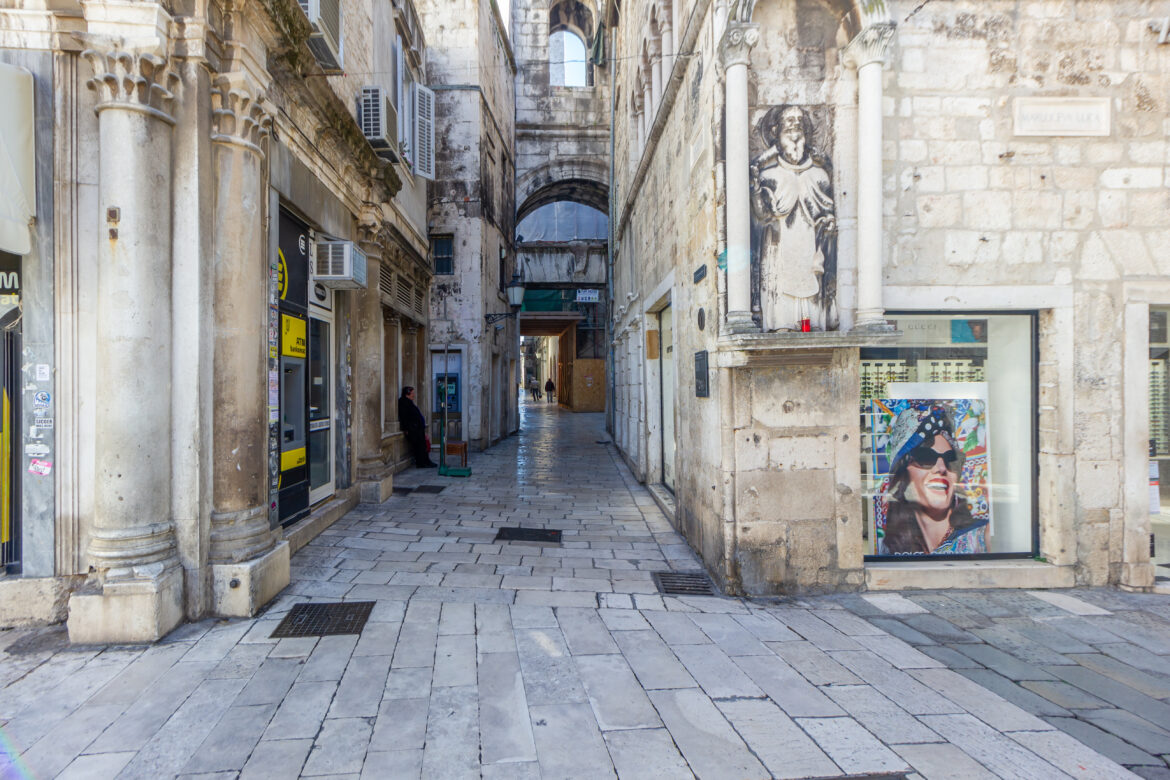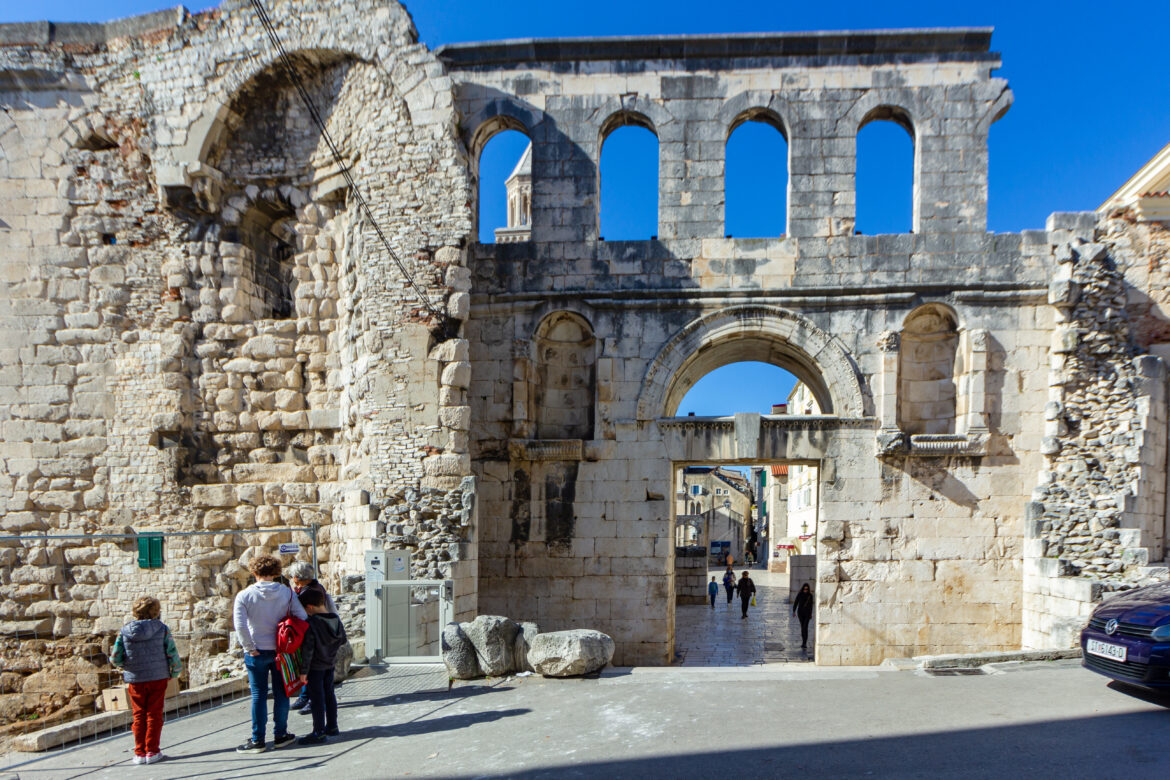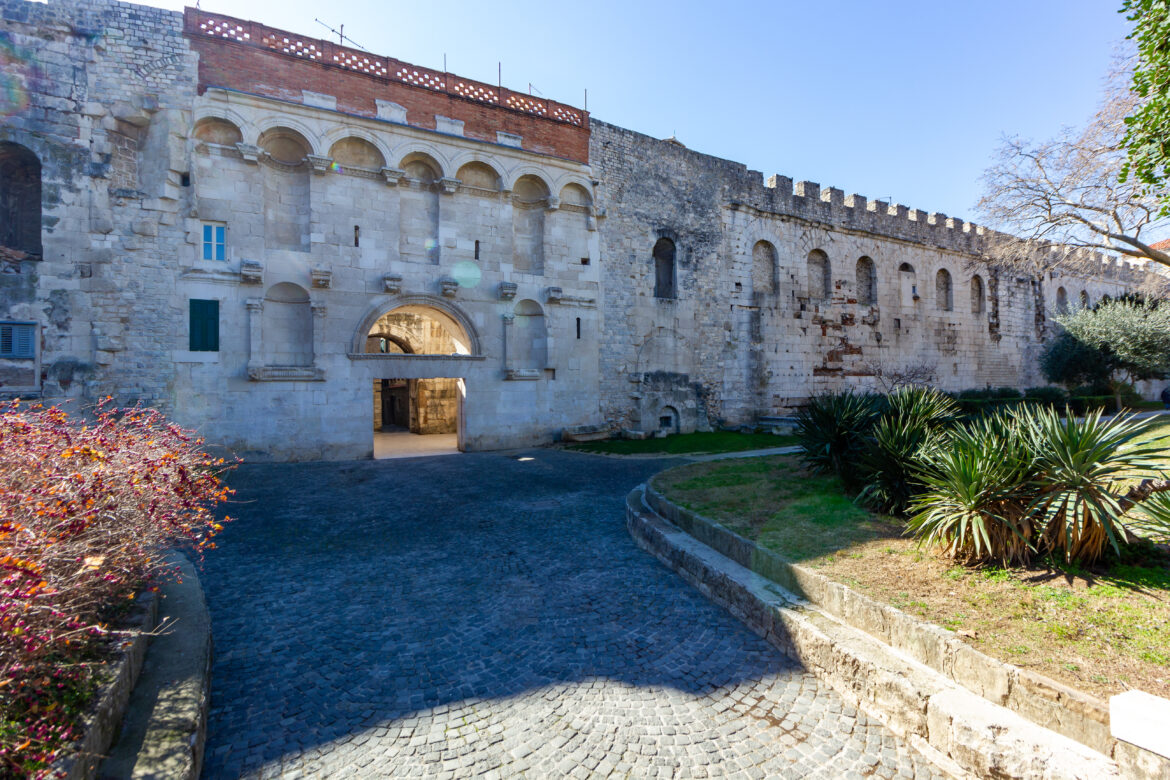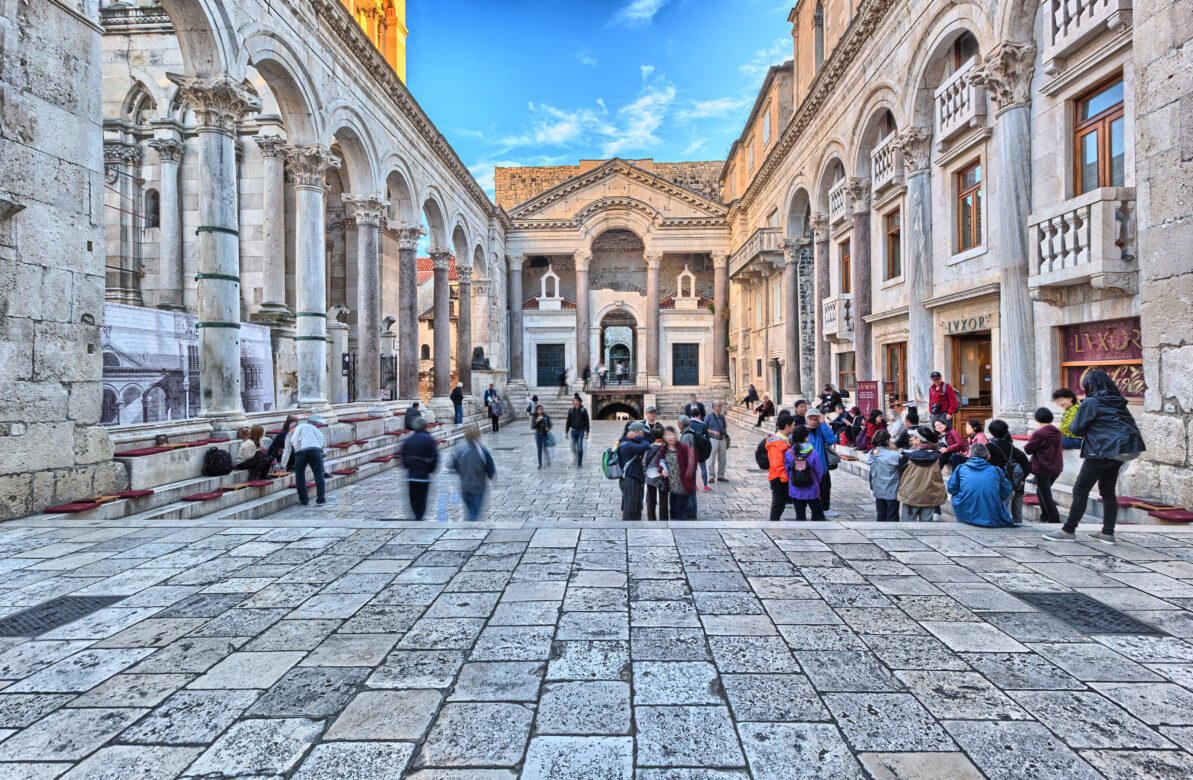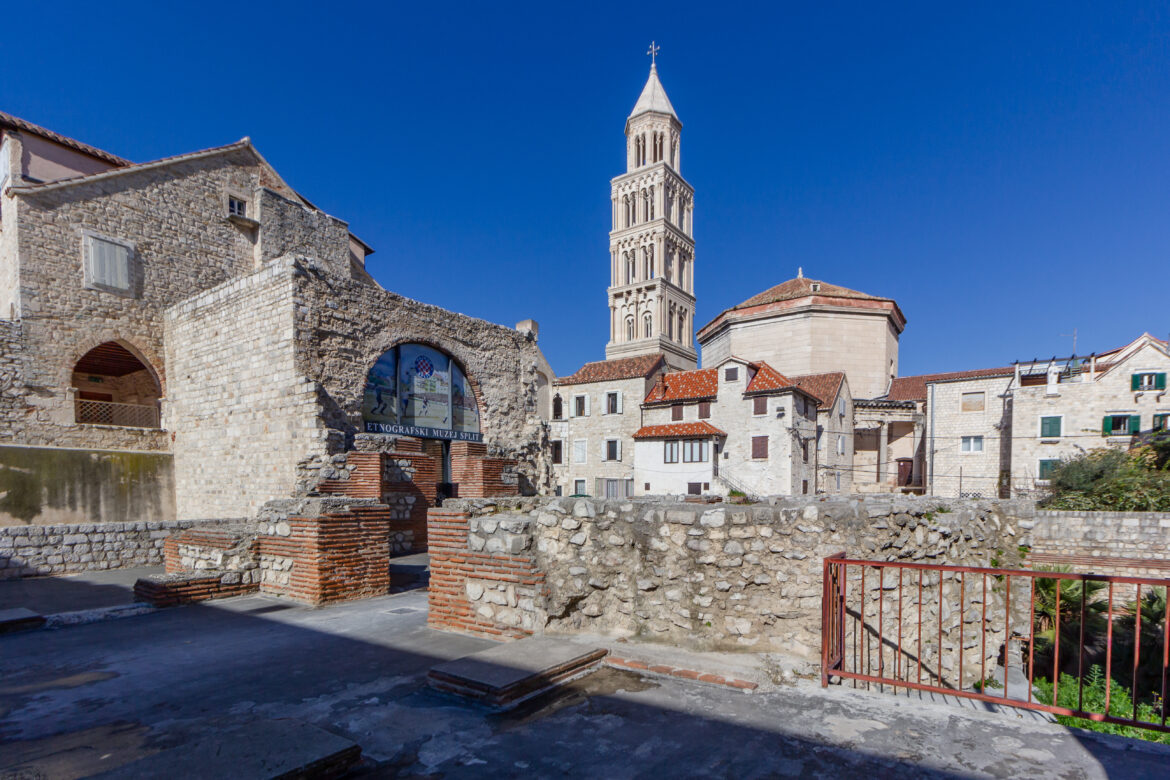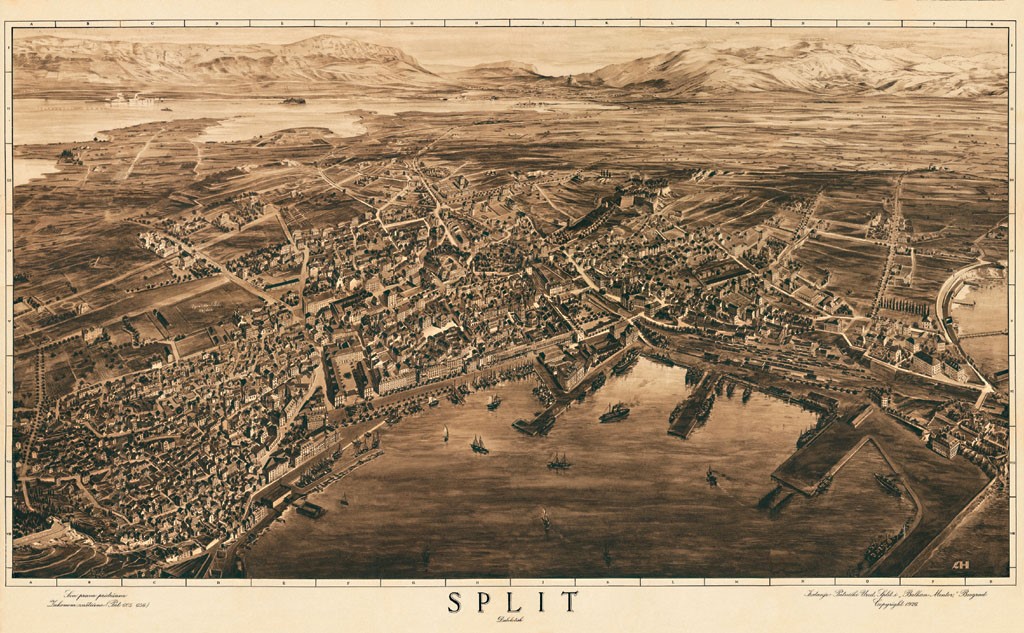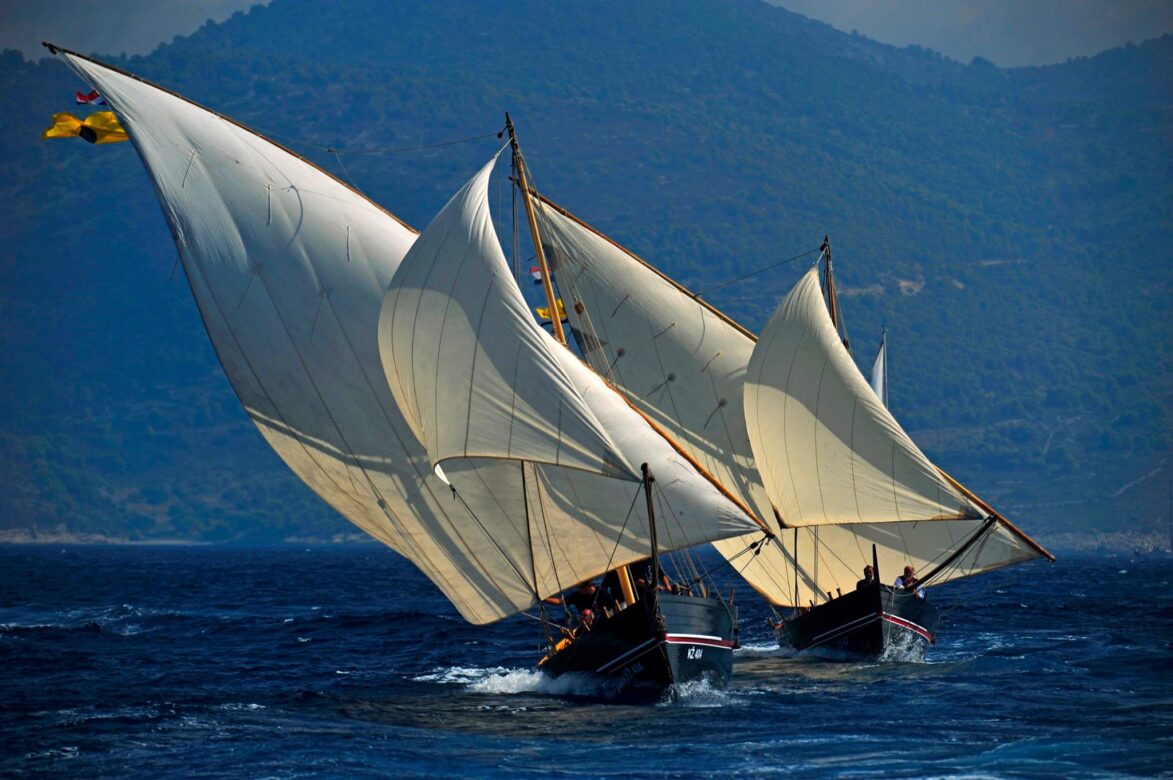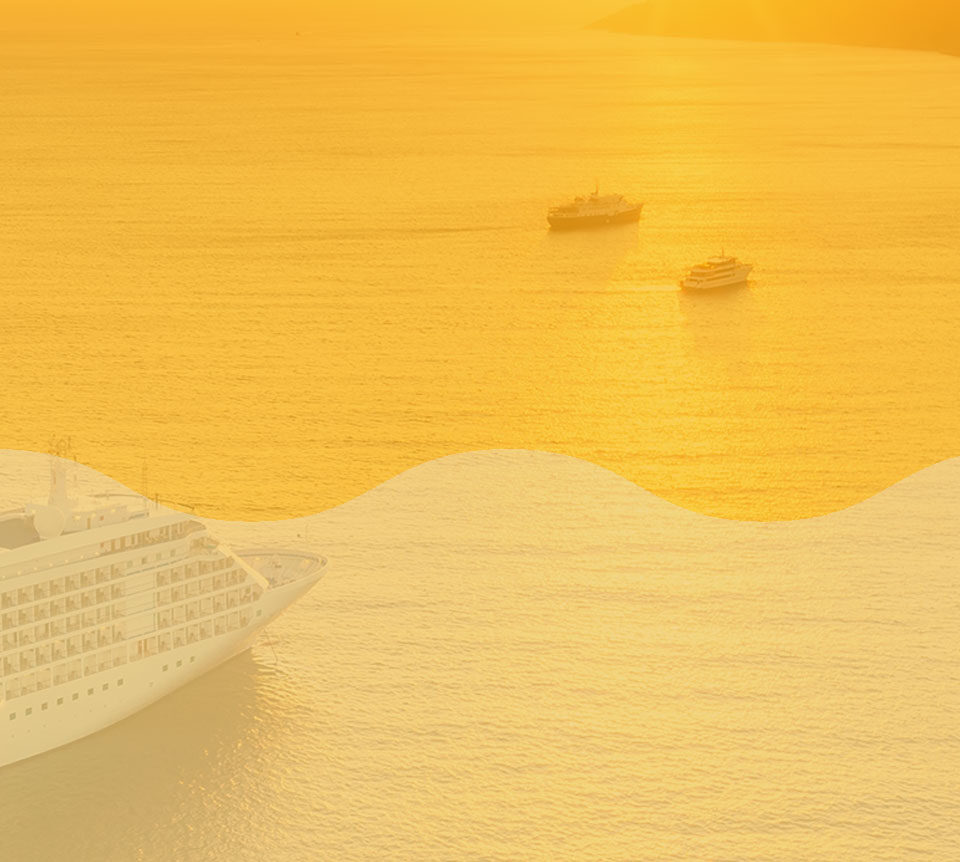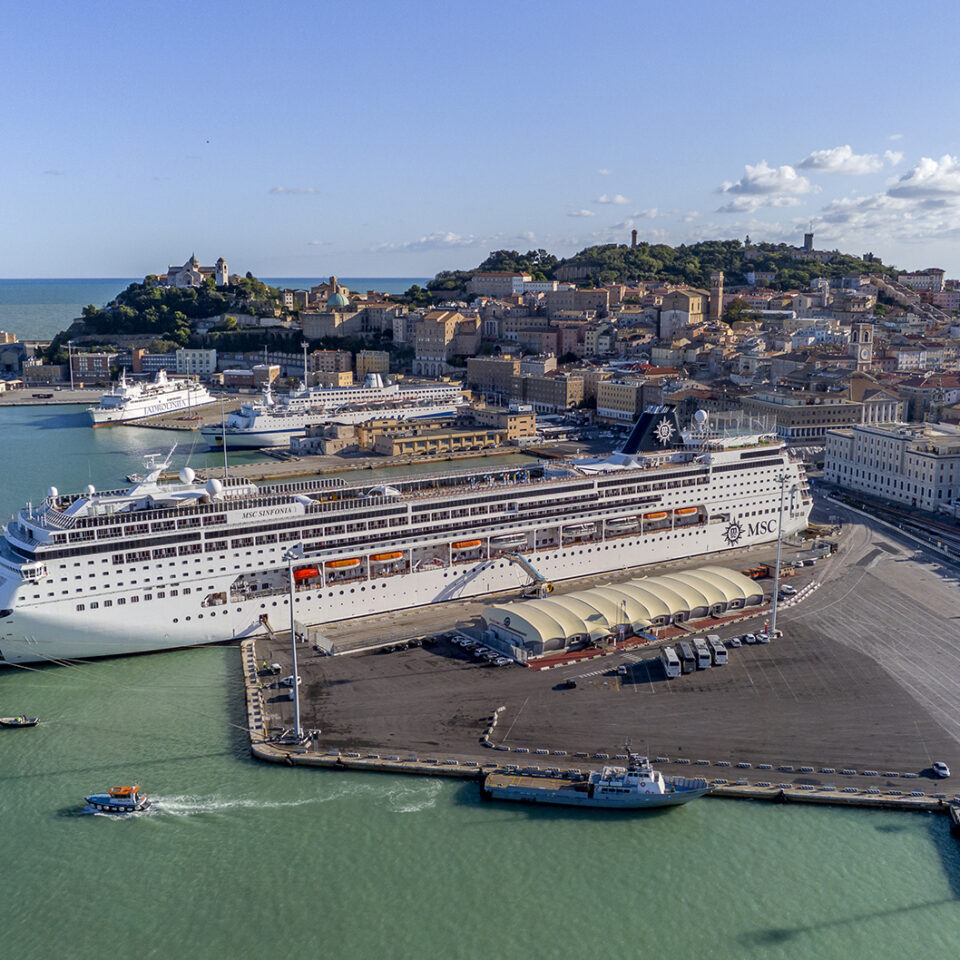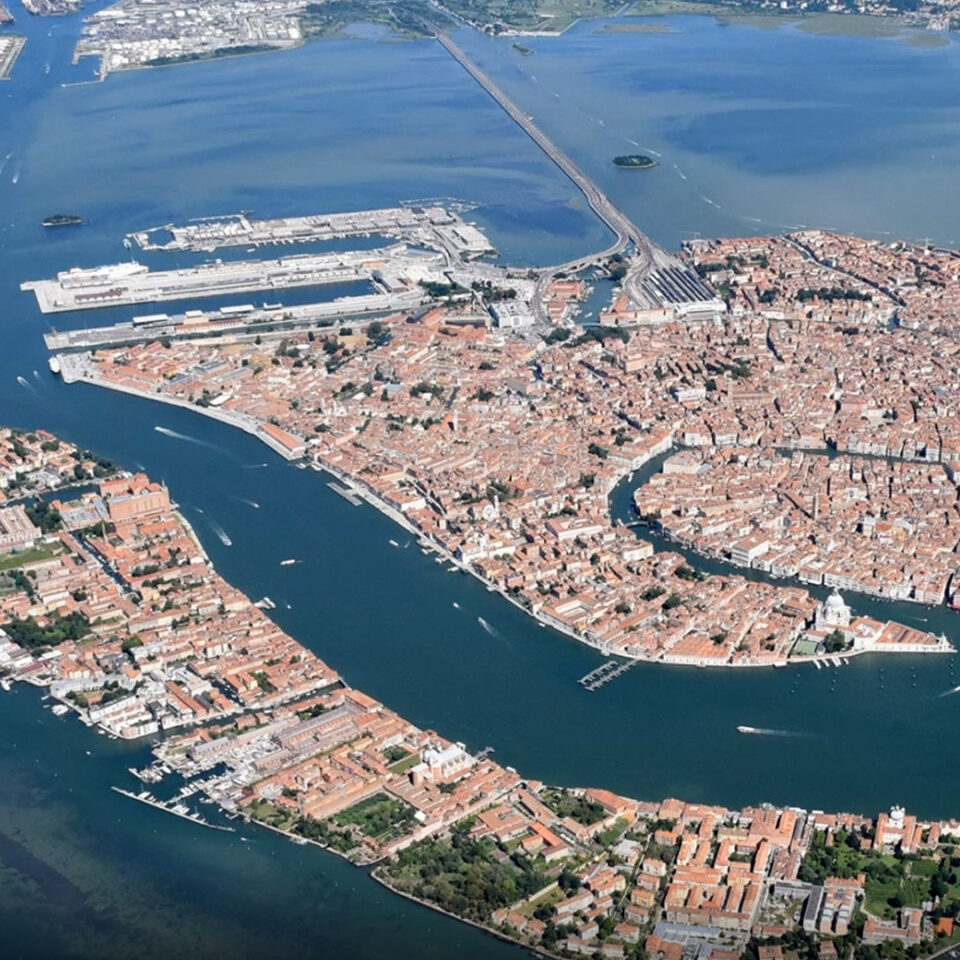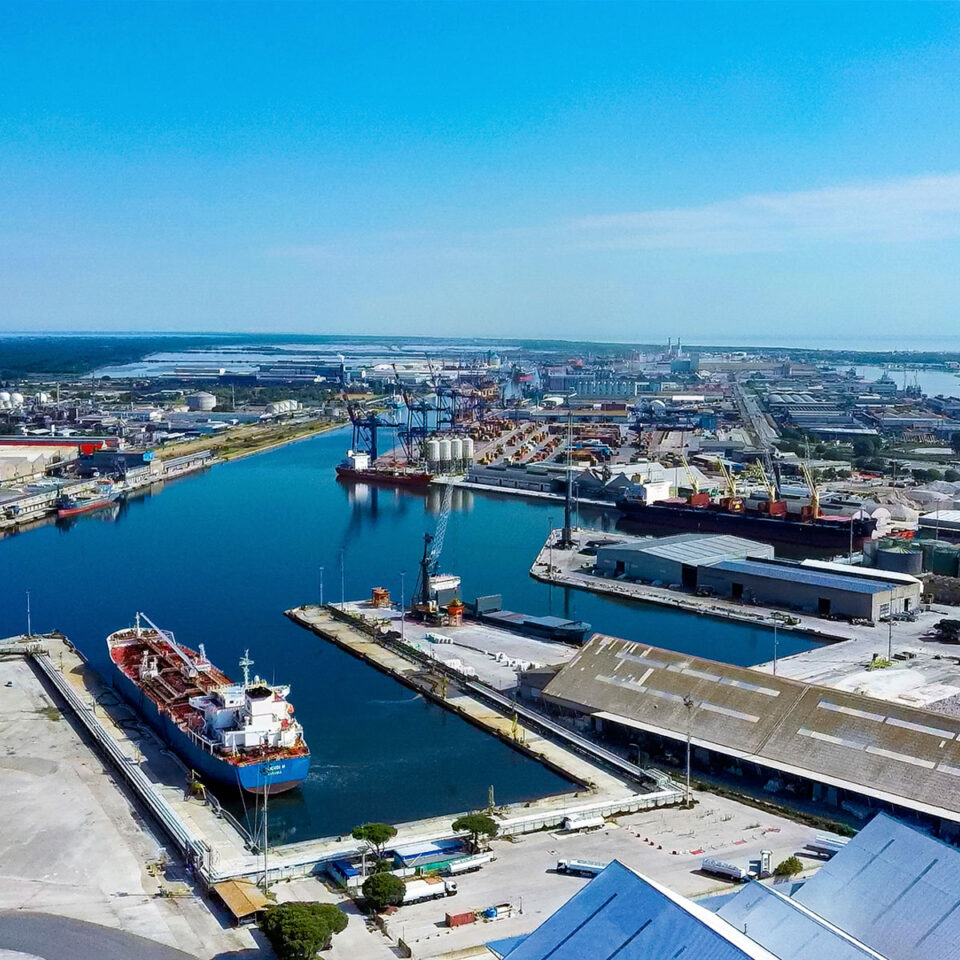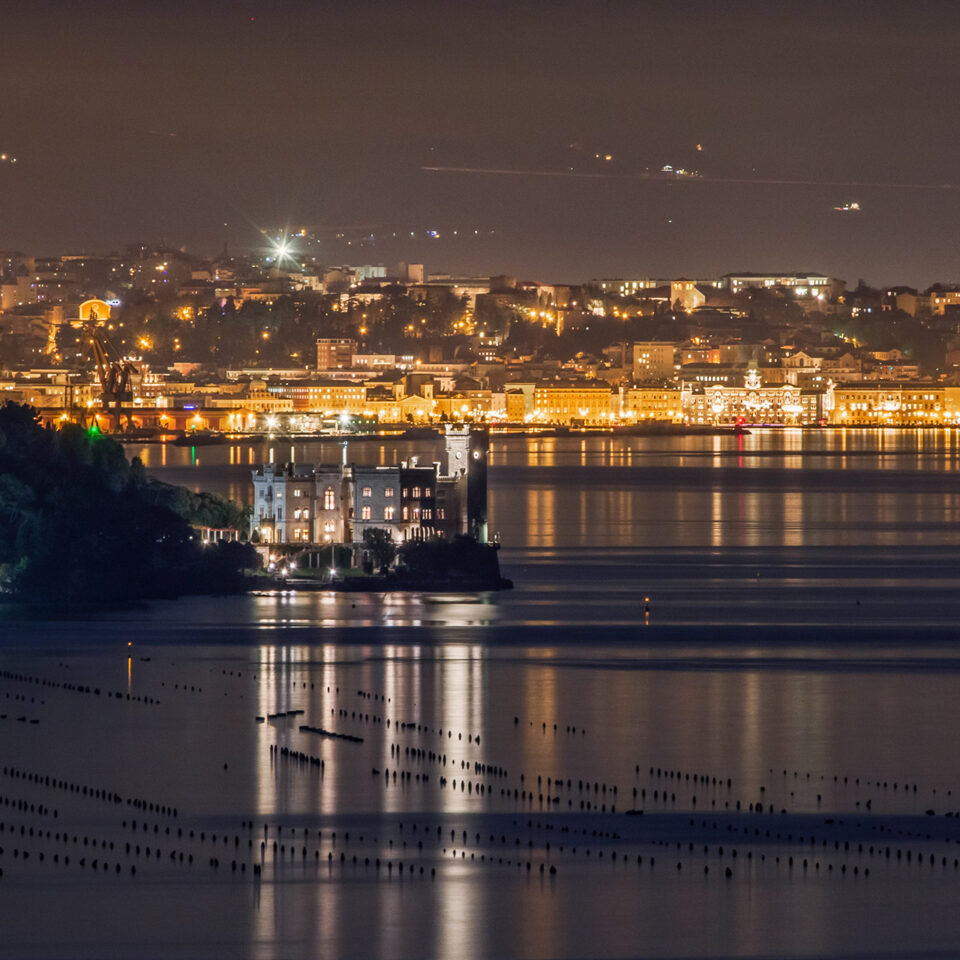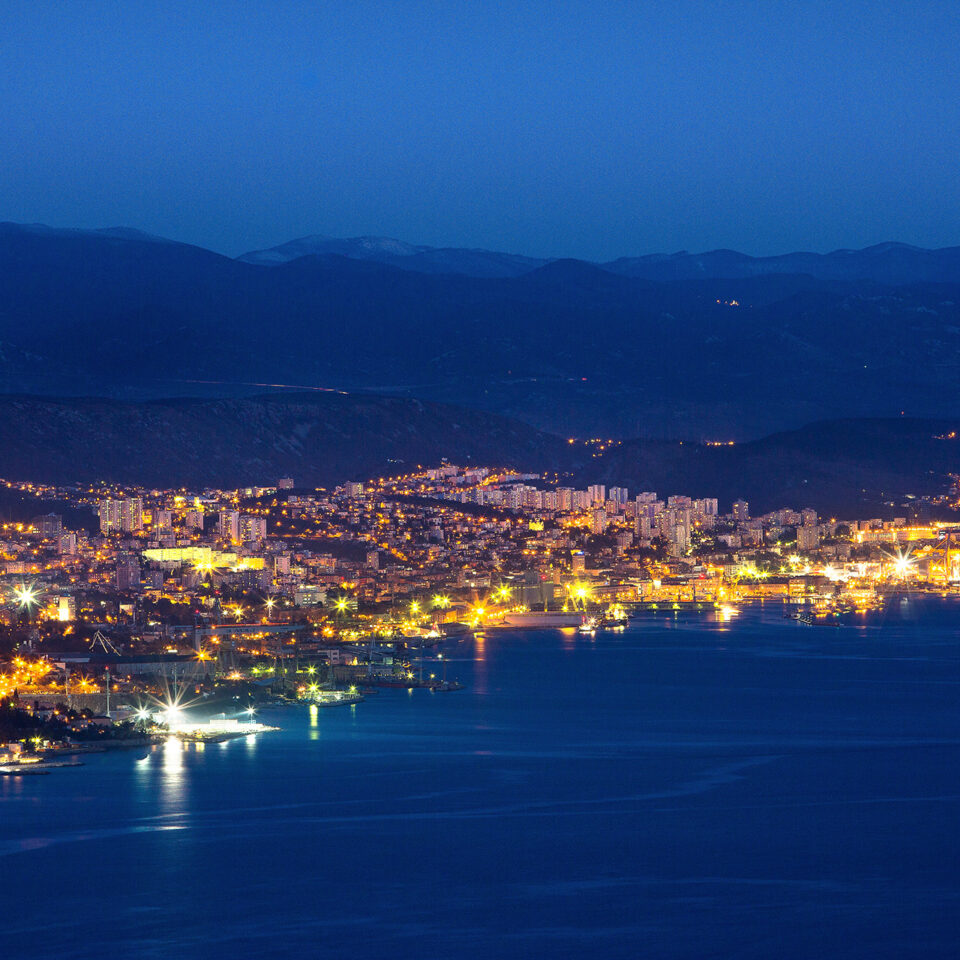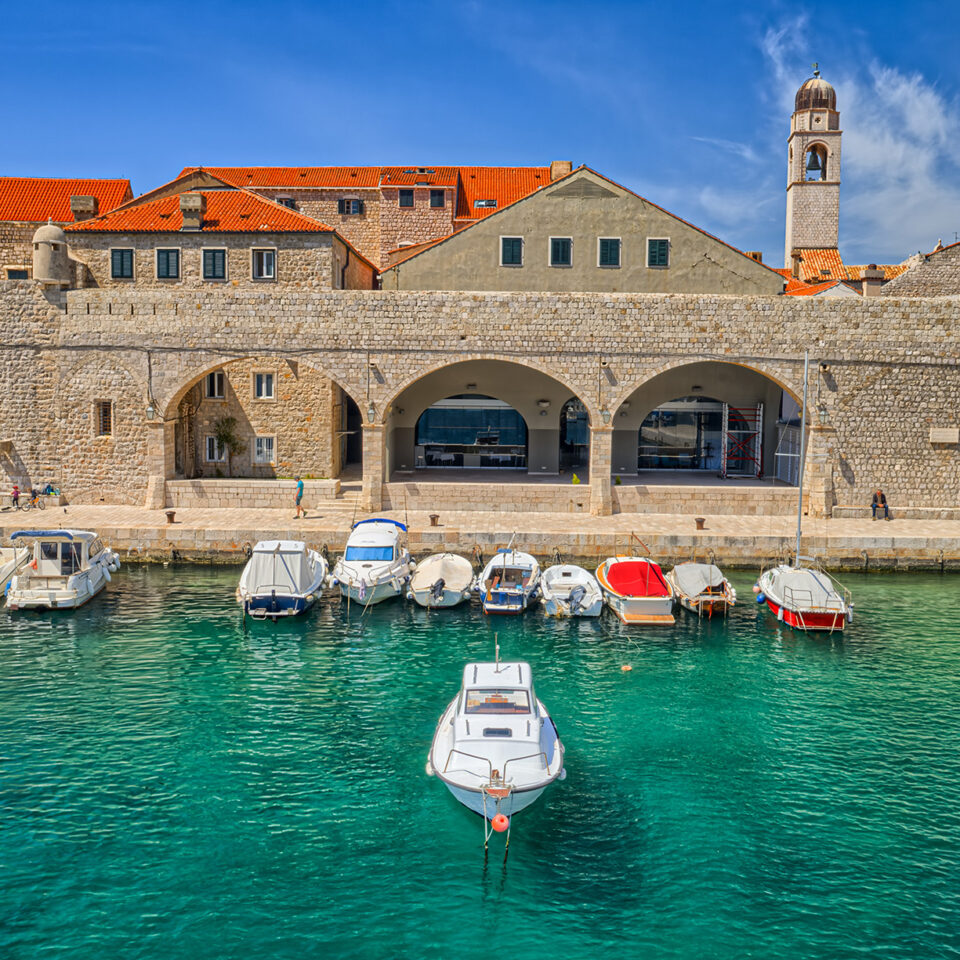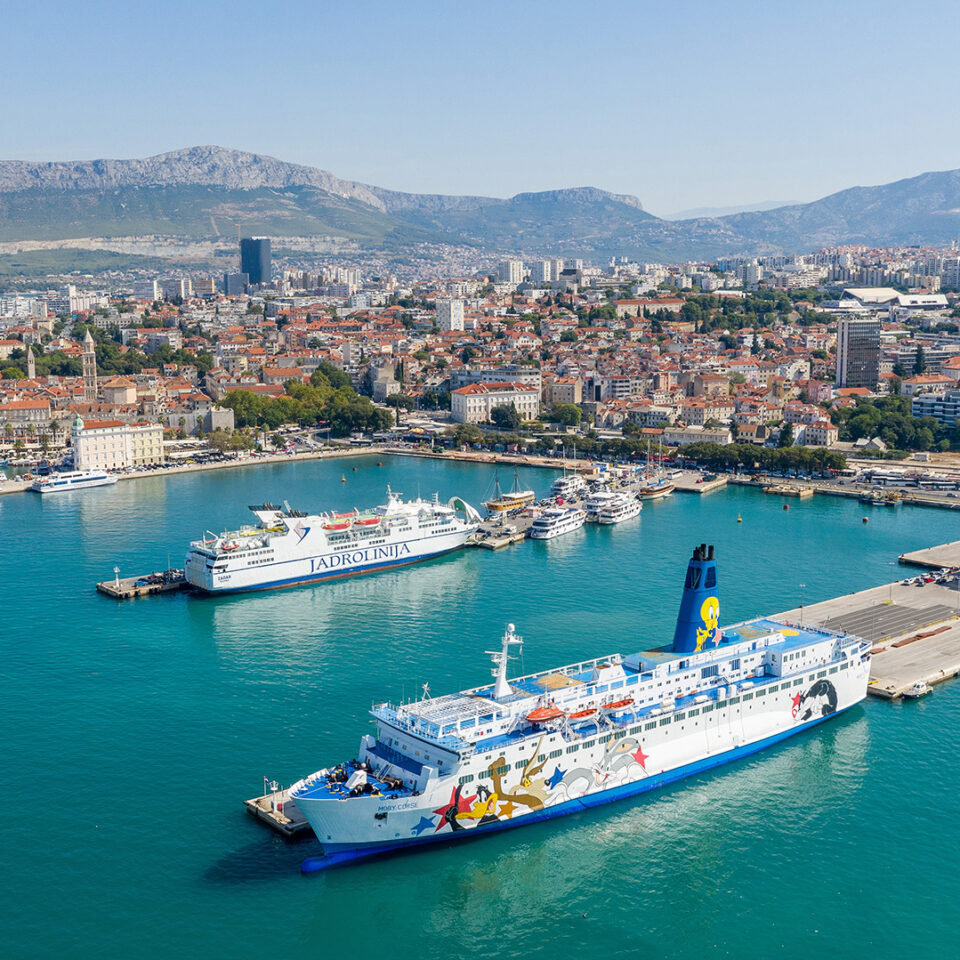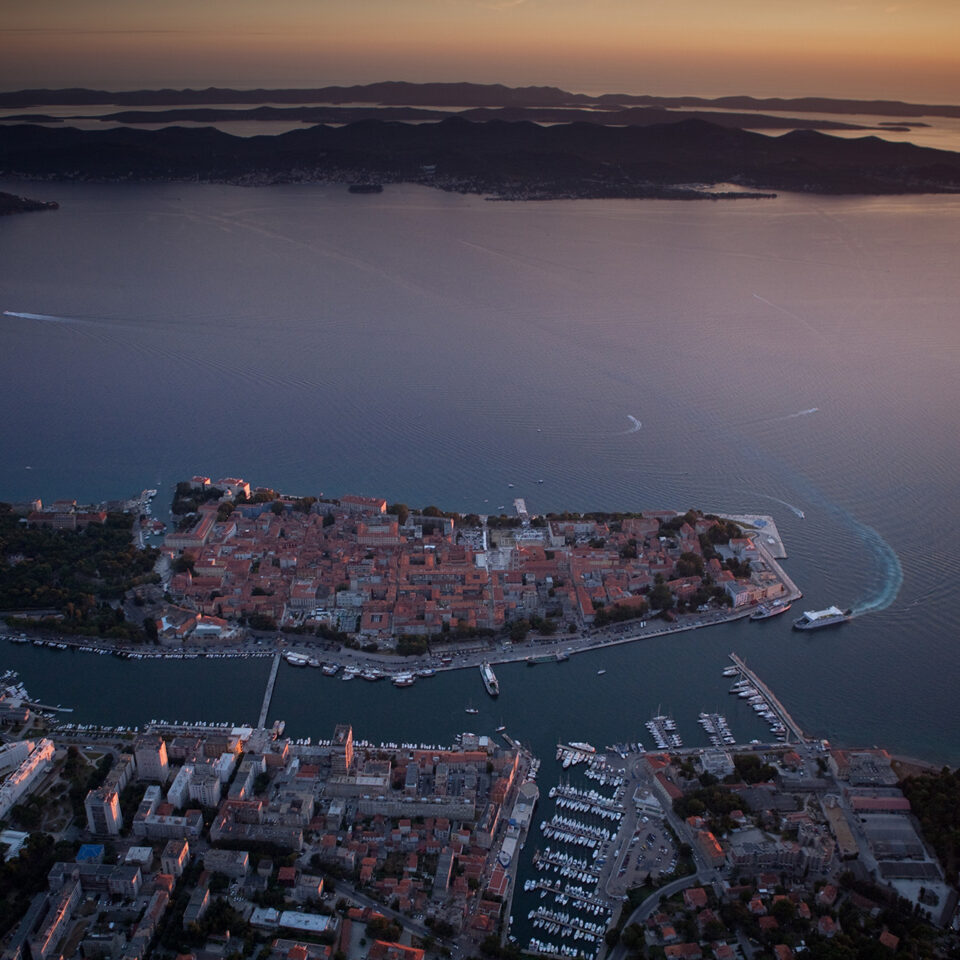The oldest document in the Liber Comisae manuscript contains a description of a regatta from Komiža to Palagruža. In the town of Hvar, which was
Abundant legends have been ingrained into collective memory of the island of Vis and its people, many of which were collected and published by
Dalmatia, as coastal and island region of Croatia, has a long naval history and maritime tradition dating back thousands of years. The maritime
Depicting the island of Vis is impossible without comprehending its relation to the fishermen of the open sea islands in Central Dalmatia, whose base
The commencement of modern fishing Josip Ressel - The inventor of the propeller Many important inventions on modern fishing boats for deep
Palagruza lighthouse was built in 1875 under Austro-Hungarian Monarchy on the island of the same name, placed in the middle of the Adriatic Sea,
The pilchard-catchers with their small nets made the long voyage to Palagruža not just because of its rich fishing-ground, but because there was no
The historical regatta from Komiža to Palagruža, was first organized on June 12th, 1593, exactly 182 years before the Cumberland Cup on river
The maritime route connecting the Monte Gargano peninsula with the Punta Planka – Diomedes’ Point near Šibenik was named after Diomedes, the
Brusnik is a small volcanic island about 13 km from Komiza. Volcanic islands in Dalmatia are a rarity since both the coast and the islands are
The most important relict of maritime heritage from the past time is a boat – the last gajeta falkuša “Cicibela” which sank in a shipwreck in
A story about falkuša is more than just a story about a certain type of fishing boat rescued from oblivion. It is an embodiment of an insular world
THE VIS ARCHIPELAGO Introduction The Vis Archipelago encompasses a triangle-shaped area circumscribed by three insular points in
A port of special – international economic interest for the Republic of Croatia Since its establishment, the Port of Split has been continuously
The Middle Ages left few traces of the way of life on the island. There are no written texts about fishing. The archive of the Hvar Commune to which
Marjan, the hill that overlooks the city has always been the most impressive part of Split imagery. Such a harmony betwwen natural and urban is
The outdoor market - Pazar, is located right next to the east wall of the Diocletian Palace, and around the church of St Dominic. It is one of the
Strossmayer's garden or Đardin as the citizens of Split only call it, has settled in-between the two bastions, the remains of the Venetian
Although a conqueror, Napoleon's marshal Marmont is responsible for the urbanisation of Dalmatian cities, in return the citizens of Split have named
The Fish Market is, just like Pazar, one of the central points of the city life of Split, but also an interesting architectural monument, built over
Matejuška has been for centuries a port for small boats owned by fishermen of Split, the residents of Veli Varoš set sail from there out to the sea
Riva started to look the way it does today two centuries ago, when the French, in time of Napoleon ruled these parts through Marshal Marmont. Today
Believe it or not, but this square, maybe the most beautiful one in the city, to the citizens of Split is more familiar under its unofficial rather
Pjaca (People's Square, another square nobody in Split calls by its real name), is first mentioned in 13th century as St Lawrence's Square, and it
Prokurative or as they are officially called, Republic Square resemble the Venice St. Marks Square. They are located west of the Riva and they were
The Diocletian Palace Substructures represent one of the best preserved ancient complexes of their kind in the world, and hence are in many ways
From the outside rectangular, and from the inside circular ground plan of this old imperial court, Vestibule leaves a monumental impression even to
Their original, Roman name was PORTA OCCIDENTALIS, and they are one of the four through which life flowed during all 17 centuries of the history of
Porta orientalis is their Roman name. These gates were used to enter the palace from the east towards the west, through the main street, decumanus,
Porta septemtrionalis is their Roman name. Emperor Diocletian walked through them as he entered the Palace on the 1st of June 305. They were built in
Peristyle, as the central square of the Palace, intended for the Emperor Diocletian celebrated as the living son of Jupiter, finds its place among
Among the European cathedrals the one in Split finds its seat in the oldest building - the Mausoleum of the Roman Emperor Diocletian. Inside the
The cultural heritage of the port city - History of Split The inhabitant of Split was the Roman emperor Diocletian who started to build his palace
Ministry of Culture of the Republic of Croatia protected the experience of Gajeta falkuša – Komiža's traditional historical fishing boat – as
Explore the map and zoom on the ports to discover the Points Of Interest by category
Traditions & Cultures
Stories
Heritage

